Release emotions technique
How To Release Emotions Stuck In Your Body
“The human mind is a relational and embodied process that regulates the flow of energy and information.” ~Daniel J. Siegel
We are emotional creatures, and we were born to express emotions freely and openly. Somewhere along the way, however, many of us learned to repress emotions, especially those deemed “negative,” in order to fit in, earn love, and be accepted. This was my experience.
I grew up in a home where the motto was “Children are to be seen, not heard.” There was little emotional expression allowed, let alone accepted. No one was there to validate or help us process emotions in a healthy way. Anger was met with anger, fear went unacknowledged, and there was plenty of shame to go around.
My parents didn’t model how to deal with difficult emotions, as they struggled with that themselves. When those emotions showed up, I often felt overwhelmed and inadequate, ashamed of my failure to be a “good girl. ”
I learned to bury my pain deep inside, feeling invisible, ashamed, angry, alone, and unable to ask for what I needed. Trying to hide the pain—from others and myself—I built walls, put on masks, and soldiered on. For better or worse.
My pain was buried so deep, I didn’t realize it was there until I had my own children. Motherhood opened up old wounds, the house of cards fell apart, and I began to unravel.
In my thirties, faced with growing angst and creeping depression—and motivated to be the best parent I could be to my children—I began to deal with repressed memories and old emotional residue that has left me suffering from C-PTSD, chronic back pain, sciatica, headaches, and anxiety.
As a child, I hid from the emotional pain by delving into the world of books, music, and academics. As an adult, I realized I was strong enough to face it. I wasn’t a little child anymore; I didn’t have to hide. Now I was more mature and had resources I needed to finally face the pain that used to overwhelm my young brain—and begin to heal it.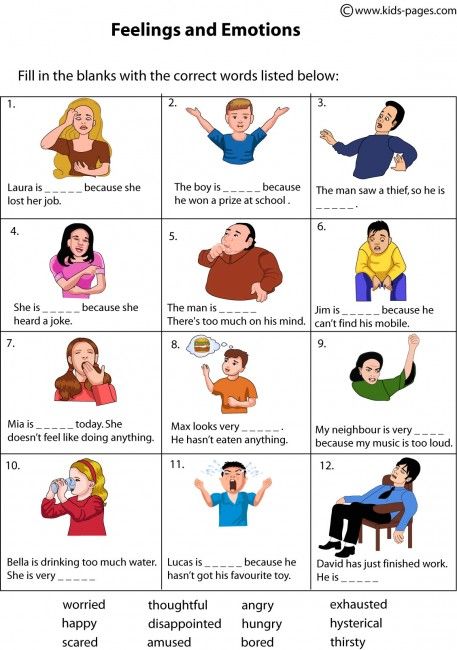
The truth is, we all hide our emotions occasionally. We pretend, avoid, and deny uncomfortable emotions in an effort of self-preservation, as a defense mechanism.
We do this most often with difficult emotions like shame, fear, or anger. When we experience events that emotionally overwhelm us and we’re unable to process what is happening, accept our emotions, and express them through our body and mind, we hide them deep inside us where others can’t see them. And we end up hiding them from ourselves too. Yet, they’re still there.
The unresolved emotions get trapped in our body where they build and fester, draining our energy, leading to burnout, emotional imbalance, and eventually disease. When we chronically repress emotions, we create toxicity in our body, mind, and heart.
This unprocessed emotional energy is stored in our organs, muscles, and tissues. It leads to inflammation and chronic health problems, and it undermines our overall well-being.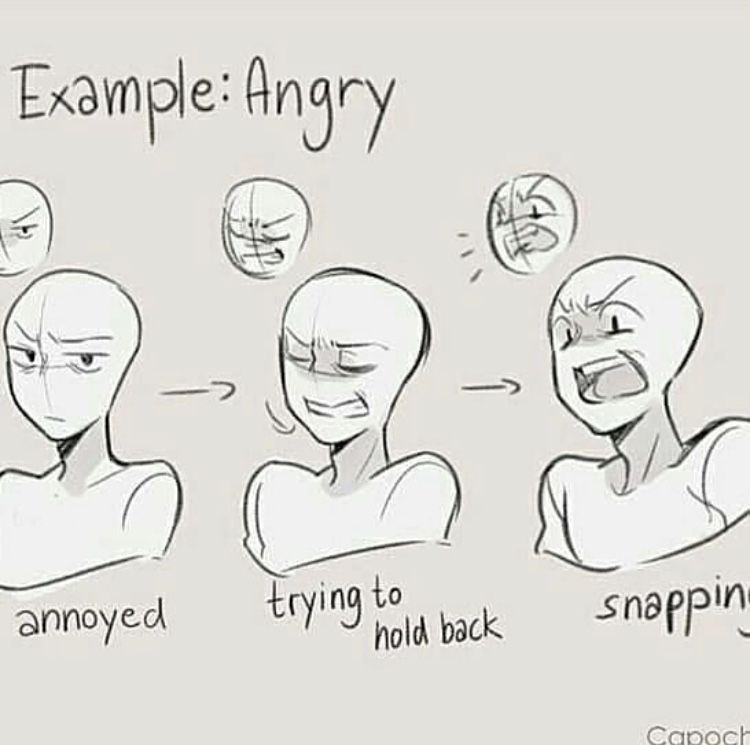
3 STEPS TO PROCESSING EMOTIONAL ENERGY STUCK IN YOUR BODY
The opposite of repression is expression. In order to process our emotional distress and move it though and out of our body so it doesn’t get stuck there, we need to learn to express our emotions in a healthy way, in the body and mind. But first, we need to learn to recognize and accept our feelings as they come and go.
Step 1: Recognize (self-awareness)
The challenge is to recognize the emotion and feel it in your body. This is where mindfulness comes in. The goal is to notice what is happening within our body, accept it, and feel it fully, without judgment.
If you’ve ever come across Tara Brach’s teachings on radical acceptance, the practice of R.A.I.N. should sound familiar. R.A.I.N. stands for recognize, allow, investigate, and nourish (with self-compassion), and it “directly de-conditions the habitual ways in which you resist your moment-to-moment experience,” according to Brach.
Buddhist teachings tell us that human suffering is caused by aversion and resistance to what is happening. Acceptance is liberating, and the practice of R.A.I.N. teaches us to accept our moment-to-moment experience instead of running from it. It teaches us to face any difficulty head on, with self-compassion and the understanding that it will eventually pass.
Acceptance is liberating, and the practice of R.A.I.N. teaches us to accept our moment-to-moment experience instead of running from it. It teaches us to face any difficulty head on, with self-compassion and the understanding that it will eventually pass.
We have to feel it to heal it—we have to fully experience the emotion in order to process and integrate it into our experience.
But we must feel it in the body; this is the critical point. As Brach writes, “If the process of including difficult emotions in awareness stops at the level of cognitive understanding without a fully embodied experience, the genuine acceptance, insight, and inner freedom that are the essence of true healing will not be complete.”
Practice mindfulness to get better at recognizing your feelings and observing the bodily sensations connected to those feelings, as they come and go throughout the day. Offer yourself self-compassion as you go through more difficult emotions.
PRACTICE:
Sit still for few minutes with your eyes closed.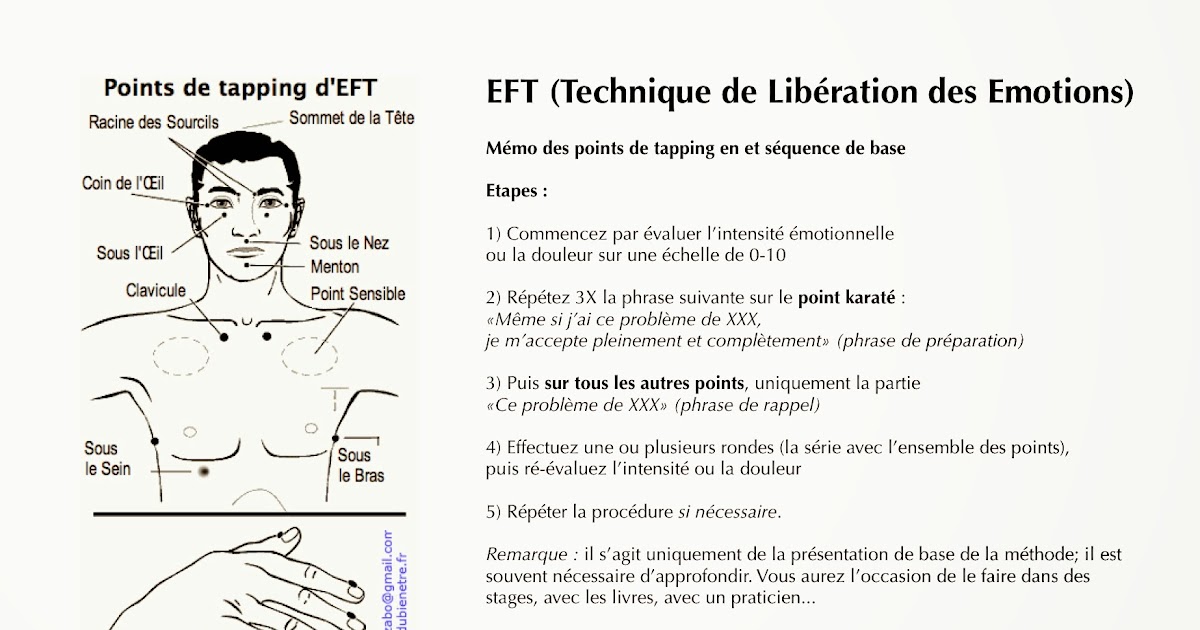 Listen to your body and become curious.
Listen to your body and become curious.
What does your body feel like right now? Is there any pressure or tingling? Where? Do you feel heavy, hot, contracted, warm, or cold? What is the texture, weight, and shape of sensations you notice in your body? What emotions are those sensations connected to? Can you breathe into the parts that call your attention? What do those parts of your body want to tell you? What do they want?
Step 2: Respond (self-expression)
Emotions need to be expressed to be processed. The goal is to move the energy of emotion through and out the body so we can let it go.
This self-expression must be authentic and embodied. Remember, true healing occurs when body and mind integrate, so express the emotion on the bodily level first and foremost.
Still sitting, ask yourself: What does this emotion you just connected with need from you? What feels right in this moment? What do you need?
Maybe you feel the need to cry, scream into a pillow, go for a swim, walk or run, dance it out, hit a punching bag, do some gardening, tapping, yoga or TRE, paint your feelings out, or simply breathe deeply while facing the sun—whatever feels cathartic in that moment, do it.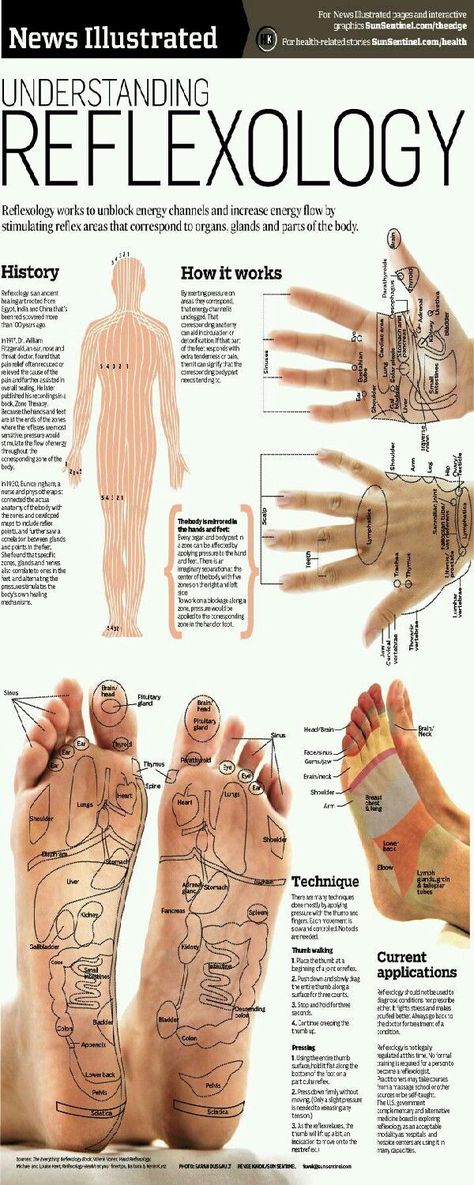
You will free the poisonous emotion that you carried within yourself, and free yourself from its shackles.
Follow this step with one of the best forms of emotional healing—journaling. Writing can be a very therapeutic experience of self-discovery, reconnecting with our true self, and processing our deepest feelings and emotions.
When we write we give our internal world a voice. We process and make sense of what is happening within us and around us. And we gain perspective; by writing about our fears and hurts we can look at them from a distance, detach from their grip, and eventually let them go. That release can be truly healing.
Practice journaling every day to get better at expressing and processing your feelings. Don’t censor or judge yourself; let it all out, completely unfiltered. Over time, your journal will become a safe space for you to free yourself, get unstuck, and move forward.
We often don’t have the time and space to process emotions in the moment, so make sure you allow yourself the space to feel the emotions you’ve had through the day and journal about it at the end of each day.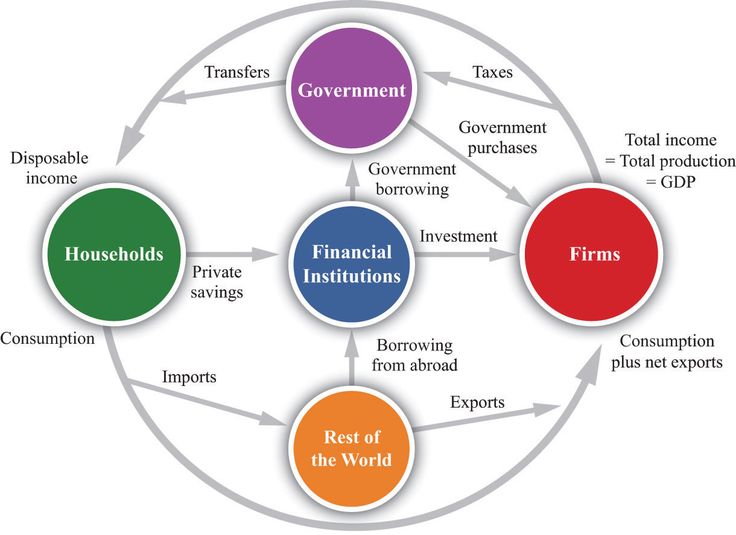
WRITING PROMPT:
What is happening in your life right now that you wish you could change? What is the biggest source of frustration? As you write, notice the sensations in your body. Tune into the parts that are numb, in pain, or frozen. What are they trying to tell you? What needs healing, attention, or change?
Step 3: Reset (self-care)
If we’ve habitually neglected our bodies and ignored our emotions, we have to re-dedicate ourselves to body-mind self-care, and indulge in healing habits that will bring in the feeling of well-being.
The goal is to realign back with your authentic self, reset back to a relaxed and open state, and come back into wellness and balance.
PRACTICE:
Take time to slow down and be alone, get out into nature, make art, listen to music while you cook your favorite dinner, meditate to cleanse your mind and relax your body, take a bubble bath or a nap to restore. Take good care of yourself to awaken to life’s joy and simple pleasures that will nourish your body, mind, and soul.
MY OWN HEALING JOURNEY
When I decided to take charge over my own healing, I had no idea where to start. A lifelong book worm, I quickly discovered writing to be therapeutic. It became my refuge, a place where I could connect with my inner world in an authentic way. Writing became my most trusted way of processing emotions I didn’t even know I harbored inside since childhood. I discovered shame, anger, fear, grief, and eventually, self-compassion.
With mindfulness, I learned to allow my pain to surface, if only for a brief time, then surround it with tender love and care. My pain was a part of me and I was done running from it; it was time I faced it.
I learned to sense into my body, little by little, as the anxiety of reconnecting with my physical sensations was very powerful. But I realized the only way out was through—through the body—so in order to move the stuck emotions that had a tight grip over me for decades I had to allow and accept them, I had to feel the anger, the shame, the grief.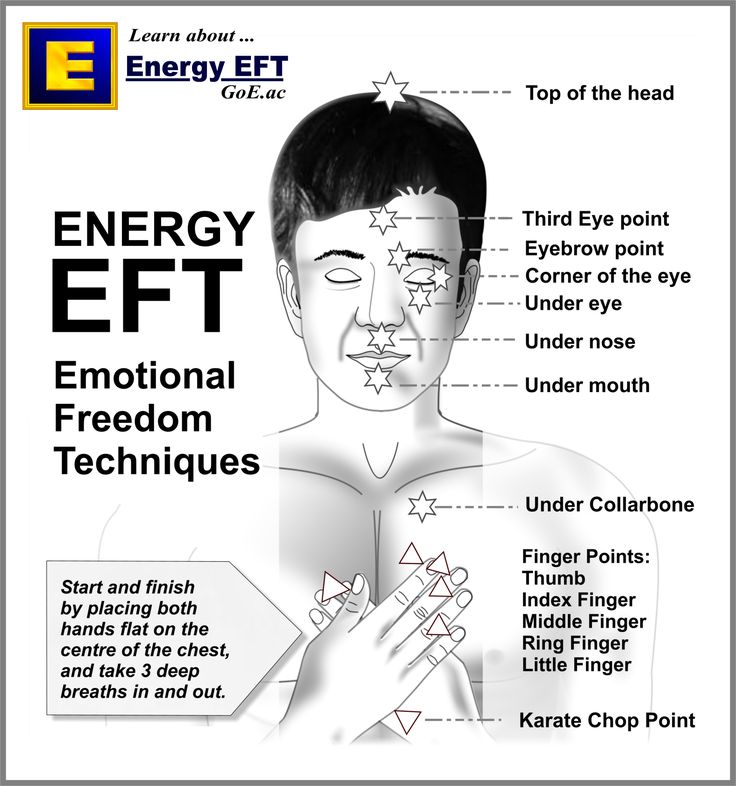
Slowly, I learned to give my inner child the support she never received. I listened to and validated her pain—and helped her let go of it. I learned to love and accept her. And I finally learned to love and accept myself.
Healing is a taxing process. Remember to give yourself all the care and compassion you would give to a friend doing this hard work. Offer yourself understanding, love, and care. This is hard work, and you are doing the best you can with what you’ve got.
Trapped emotions get in our way. They sabotage our efforts to create the life we want and make us miserable along the way. Freeing this emotional energy stuck in our bodies can shift our lives in a positive way. It’s healing and liberating. And you are worth it!
Where Emotions Get Trapped In The Body and How to Release Them
You’ve probably heard the term “emotional baggage.”
It’s sometimes used to describe the phenomenon of carrying past trauma or so-called negative experiences through life, relationships, or a career.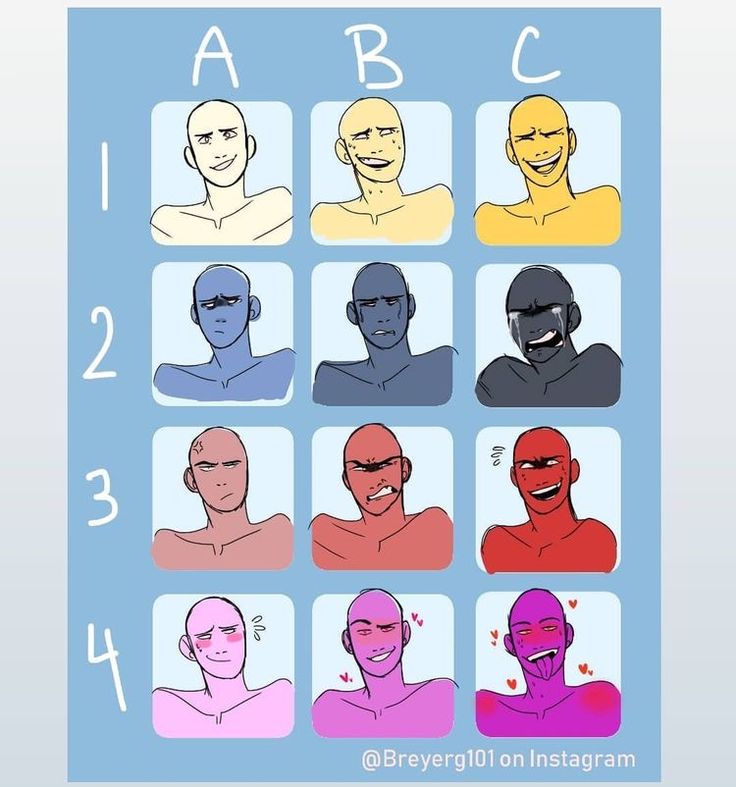
You may see this reflected in someone’s posture, as if they’re carrying around an unbearable weight. It may even prevent them from moving forward in life.
Everyone carries unprocessed emotions from experiences to some degree. However, emotions that aren’t dealt with don’t just go away.
They can affect:
- the way you think about yourself
- how you react to stress
- your physical well-being
- your relationships with others
After all, emotional baggage gets its name from somewhere, right?
Let’s unpack the layers of how and where emotions get stuck, so you can release what’s weighing you down.
Perhaps you’ve heard of people crying during yoga, massage, or acupuncture treatment because of a tender spot that, when activated, appears to lead to an emotional release.
Though some may refer to trauma being “stored” or “trapped” in the body, that isn’t necessarily a scientific way to put it.
However, the symptoms of traumatic stress can manifest physically.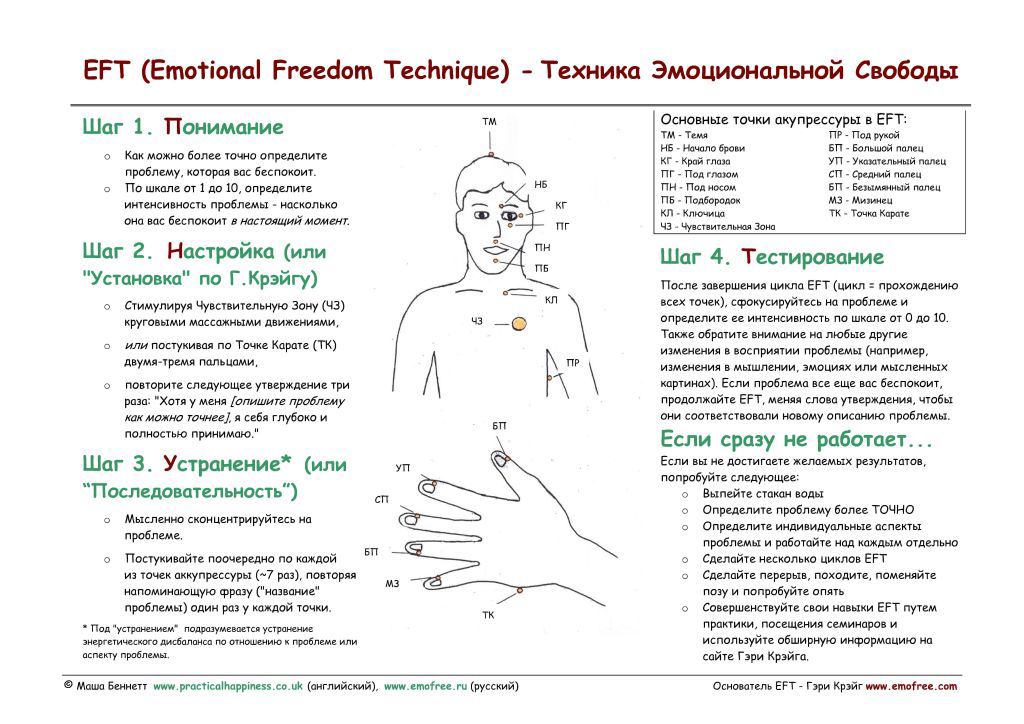
This may be because the brain associates this area with a particular memory — often on a subconscious level.
Activating certain areas of the body may trigger these memories, according to Mark Olson, PhD, LMT, the owner and director of the Pacific Center for Awareness & Bodywork.
“Emotions are constantly being generated — subconsciously or consciously — in response to the reactivation of memories or unsatisfied goals,” Olson says. “The touch to X area is simply a reliable stimulus to reconstruct the pattern associated with that traumatic event.”
Touch may bring up emotions or a memory may create sensations in a particular area of the body. While this is usually associated with a bodily location, Olson believes that everything is happening in the brain.
Alternatively, some believe that trauma and difficult emotions can, in fact, become literally stuck energy in the body, though this isn’t supported by scientific evidence.
According to Bradley Nelson, DC, trapped emotional vibrations cause surrounding tissues to vibrate at the same frequency, known as resonance.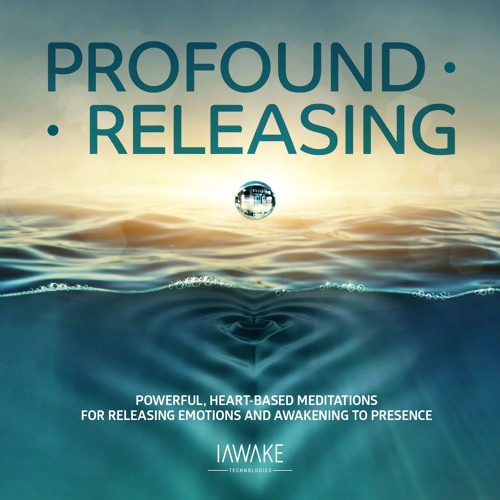
In his book “The Emotion Code,” Nelson writes, “Each trapped emotion resides in a specific location in the body, vibrating at its own particular frequency.”
This may cause you to attract more of that emotion, he says, creating a build-up or blockage.
Still, Nelson’s stance remains theoretical until further research can be done.
That said, research as early as 1992 along with more current research supports the mind-body connection, or the belief that a person’s mental and emotional health impacts the state of their physical health.
A classic example of this is fear.
If you’re in a situation where you’re afraid, your body generates a physical response to this emotion by activating the fight-flight-freeze response.
According to Nelson, three things happen when an emotion is experienced.
- We develop an emotional vibration.
- We feel the emotion and any thoughts or physical sensations associated with it. This is where the mind and body’s interconnectedness comes into play.
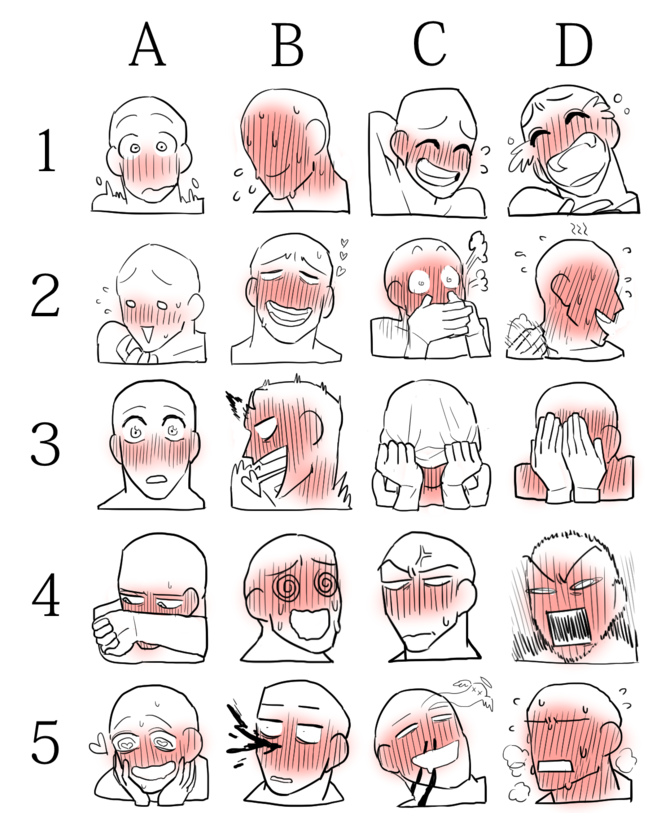
- We move on from the emotion by processing it.
According to Olson and other research, emotional processing occurs in the limbic structures of the brain.
We’re constantly taking in information, which generates pre-conscious autonomic nervous system responses. This sends a signal to the body activating the corresponding emotion.
In other words, your “feeling” comes from what your nervous system is telling you.
According to Nelson, when the second or third step mentioned above gets interrupted, the energy of the emotion becomes trapped in the body. As a result, you might experience muscle tension, pain, or other ailments.
The higher the emotional intensity, the more likely it is to become trapped.
“The phrase ‘trapped emotions’ usually means that the true self wants to express something that the false self doesn’t want us to express,” Olson says. “In psychology, we think of the true self as the part of us that we are born with that is naturally open, curious, and trusting, while the false self emerges as a set of adaptive strategies to deal with pain and loss.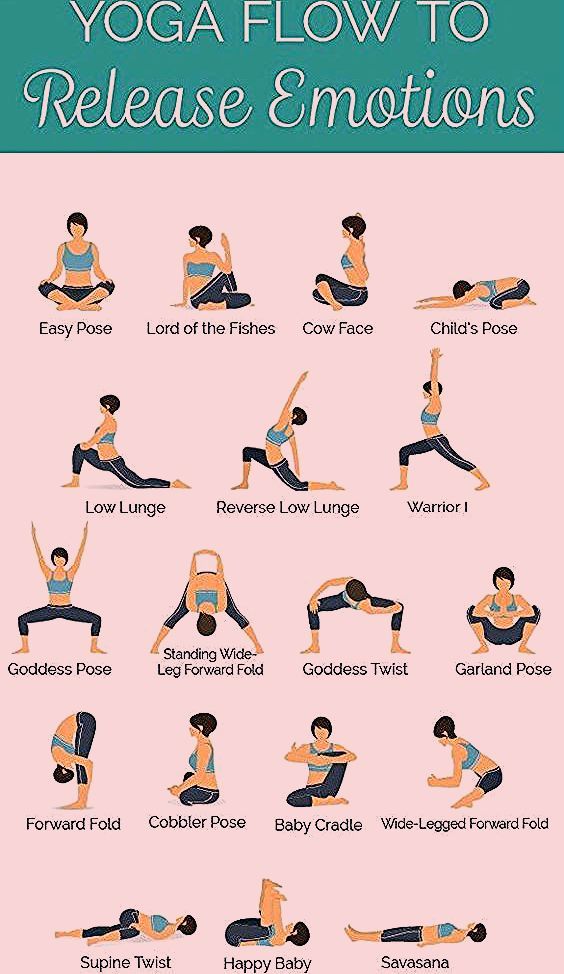 ”
”
This repressed negative emotional energy can express as:
- resentment
- poor decision-making
- self-sabotage
- overreaction
- increased stress and anxiety
- depression
- fatigue
Mind-body therapist Kelly Vincent, PsyD, compares trapped emotions to carrying around a large backpack. It weighs us down, impacts our mood, and drains our energy.
Additionally, she notes that it can also destroy body tissues and prevent normal functions of organs and glands.
“It’s just like a giant roadblock on the freeway,” Vincent says. “It is hard for energy to flow naturally through.”
It’s impossible to have a conversation about trapped emotions without exploring trauma, especially how the brain experiences it.
Nearly everyone experiences trauma at some point in their lives.
According to a 2015 survey of almost 69,000 adults across six continents, over 70 percent of respondents reported exposure to a traumatic event, while 30.
5 percent were exposed to four or more.
Trauma can come about through life experiences like:
- a breakup
- a major life change
- the death of a loved one
- infidelity in a relationship
- loss of a job
- an experience of violence, discrimination, or racism
Trauma can impact cognitive processes.
It especially affects memory processing and the ability to recall factual information, or explicit memory. As a result, the traumatic experience or memory is not “logged” properly in the brain.
“When it comes to an extremely overwhelming experience, like a trauma, the brain encodes the traumatic memories as pictures or body sensations,” Vincent says.
When triggered, the brain may disconnect from reality or replay the traumatic event in the form of a flashback.
This is known as dissociation, or psychological disconnect.
These sensory fragments remain in the mind and interrupt the brain’s natural recovery process.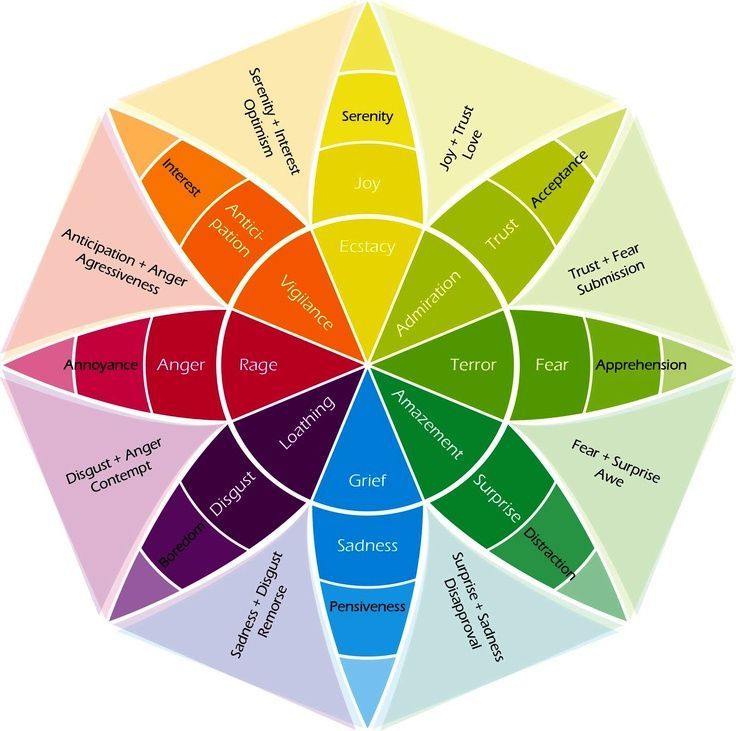
Vincent compares traumatic memories to a virus in our encoding system, where unprocessed events can cause our mental and physical processes to malfunction.
When trauma isn’t processed or resolved on its own, it may linger far past the actual event.
This is often seen in people with post-traumatic stress disorder (PTSD), a condition that develops after a person undergoes terrifying or life-threatening events.
Research shows that those with current PTSD have a smaller hippocampus, a center for emotions and memory in the brain.
Stress leads to the release of the hormone cortisol, which is a part of the fight-flight-freeze response.
Research from 2011 showed that prolonged stress damages the hippocampus, which may show up as abnormal blood flow or reduced size. As a result, your body may remain in this hypervigilant state even if you’re not consciously thinking of the traumatic event.
Ever feel a tightness in your chest during an anxiety-inducing situation? Or do you notice that it feels good to stretch your hips after an emotionally draining day?
Where one person feels tension or sensitivity in their bodies might not be the same for another.
Some studies, however, provide a baseline for where emotions are generally experienced. But there’s still more research needed on this subject for conclusive takeaways.
One such study from 2013 led by a team of biomedical engineers in Finland sought to explain where emotions are felt in the body.
They mapped bodily reactions to emotions in about 700 individuals by asking them to color in regions where they felt reactions increasing or decreasing due to various stimuli.
They found that different emotions were associated with different bodily sensations that were generally the same for participants across the board.
For example, anger, fear, and anxiety showed increased activity in the chest and upper body.
This may explain the origins of expressions like “hot-headed” or “carrying the weight of the world on your shoulders.”
These emotions can also kickstart the sympathetic nervous system to create a quick response in the body.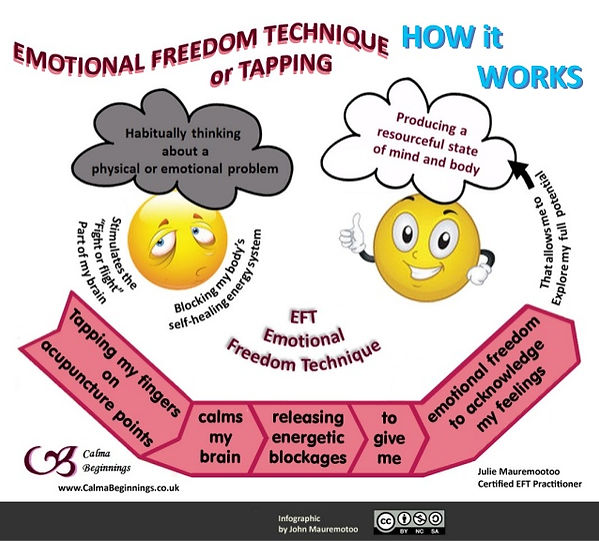 That’s why you may feel your heart pulsing or your muscles tightening when you become nervous or stressed.
That’s why you may feel your heart pulsing or your muscles tightening when you become nervous or stressed.
A chart in the study references where these feelings were found to be experienced in the body. See a summary below:
Share on PinterestIllustration by Maya Chastain
Additionally, the same researchers conducted a follow-up study that found the intensity of a feeling directly correlated with the intensity of physical and mental sensations.
They categorized feelings into five groups:
- negative, such as stress, anger, and shame
- positive, such as happiness, love, and pride
- cognition, such as attention and perception
- homeostatic states, or a balanced, regulated internal state
- illnesses and somatic states
Feelings are ever-changing, and this research may be helpful for those who have trouble understanding their emotions.
Emotions that aren’t dealt with may become stored in your unconscious, and may even affect your body posture.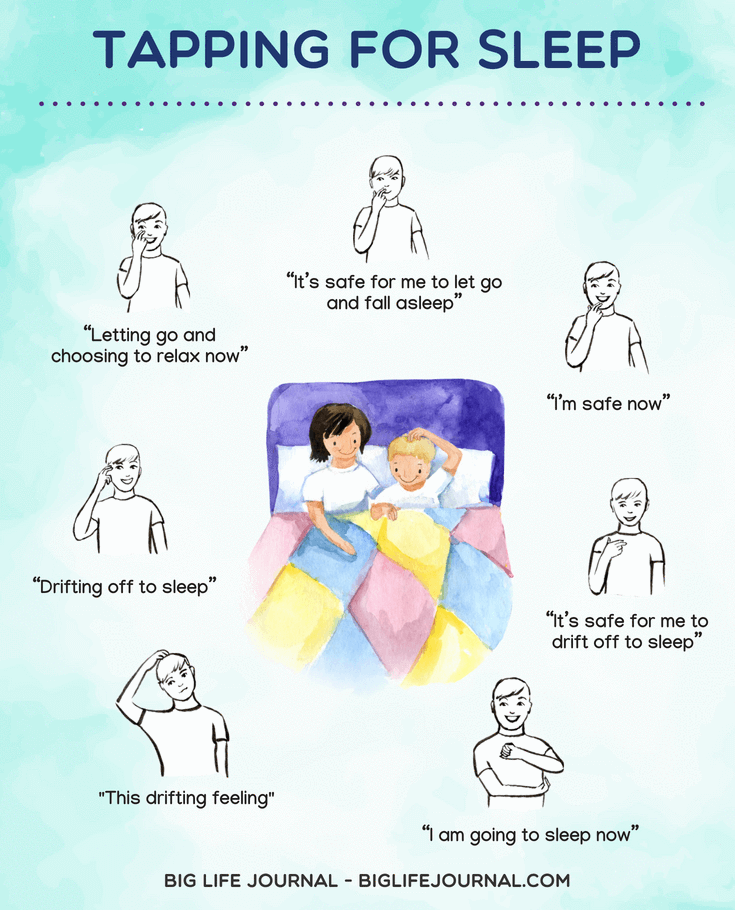
“Your head is in a different position when you’re confident and when you’re confused,” Olson says. “Your spine takes on a different shape when you’re defeated or victorious.”
Olson says that people may subconsciously default to specific postures that block their awareness of painful feelings.
“Muscle tension emerges to create and maintain postures that keep oneself safe or unaware of unpleasant feelings,” he says.
Certain postures and gestures also relate to specific feelings and social meanings. Think of a warm embrace versus crossed arms.
This may help us understand why some believe tension in the body is associated with specific areas. However, Olson advises against using this to create general narratives.
“This puts a very shallow limit on how far one can explore as they defer to a [list] rather than what they can find within themselves,” he says.
Ever feel like you need to cry, scream, laugh, punch a pillow, or dance it out?
We’re often taught to bury our pain and soldier on. Over time, this can lead to repressed emotions, also known as unconscious avoidance.
Over time, this can lead to repressed emotions, also known as unconscious avoidance.
Research from 2019 linked emotional repression with decreased immune system function.
Here are a few ways to release repressed emotions:
- acknowledging your feelings
- working through trauma
- trying shadow work
- making intentional movement
- practicing stillness
Acknowledge your feelings
The more you understand your emotional world, the more you can digest your feelings in healthy ways.
The first step is to connect with and understand your emotions. People with repressed emotions may have trouble identifying their feelings, which is why it can be valuable to talk with a mental health professional.
A 2007 study showed that labeling your emotions can decrease their intensity.
You can do this by using psychological tools, like the cognitive distortion categories, or by exploring ways to categorize your emotions to help you make sense of them.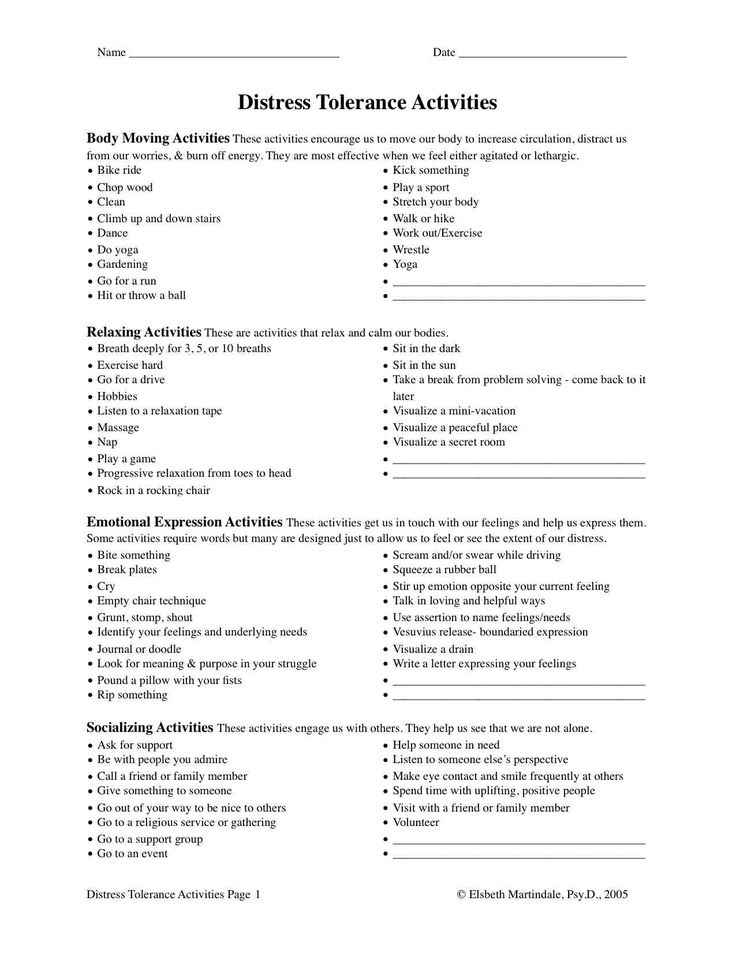
Work through past trauma
Often, there are things we carry around for years that stem back to childhood. Some examples of past trauma include:
- abuse, including mental, emotional, physical, or sexual
- neglect
- loss of a loved one
- separation from a parent or caregiver
- bullying
- dysfunction at home
Unresolved childhood trauma can show up in many ways, including:
- self-blaming
- casting blame on others
- feeling depressed
- withdrawing from social activities
In order to work through trauma, Olson says it’s crucial to feel the grief about the fact that you may never get what you wanted or deserved years ago.
Once you’ve allowed yourself that grief, you can acknowledge the adaptive strategy you developed as a result.
For example, you may have developed a coping strategy to be independent that eventually results in feelings of isolation. Without recognizing your strategy, you might think you’re being alienated by others.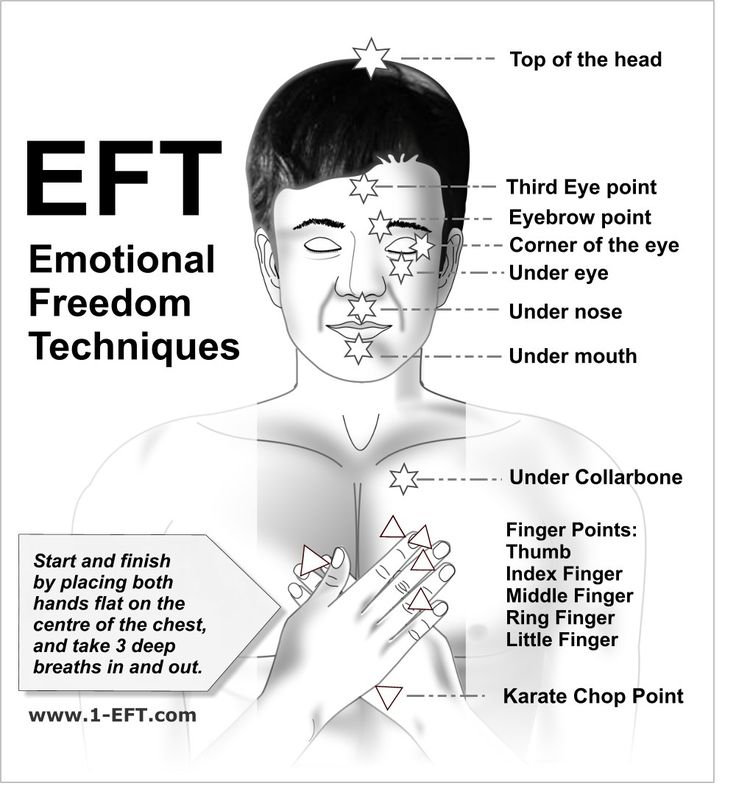
On the other hand, if you realize your isolation comes from your adaptive strategy, you can identify the root of the issue and modify your strategy to better meet your true needs.
Shadow work
Similar to exploring childhood trauma, shadow work offers another lens of exploring different parts of ourselves that we keep hidden, typically due to shame or inadequacy.
People tend to hide the parts of themselves that they believe are unacceptable.
For example, were you told to “calm down” or “stop crying” when you were upset as a kid? This emotional invalidation may cause you to feel ashamed of your emotions or to downplay them.
Shadow work can be done in several ways, though it’s generally recommended to work with a therapist.
You can find a few shadow work exercises here.
Intentional movement
Somatic experiencing (SE) is a way to address any unprocessed tension or emotion that may be lingering in your body.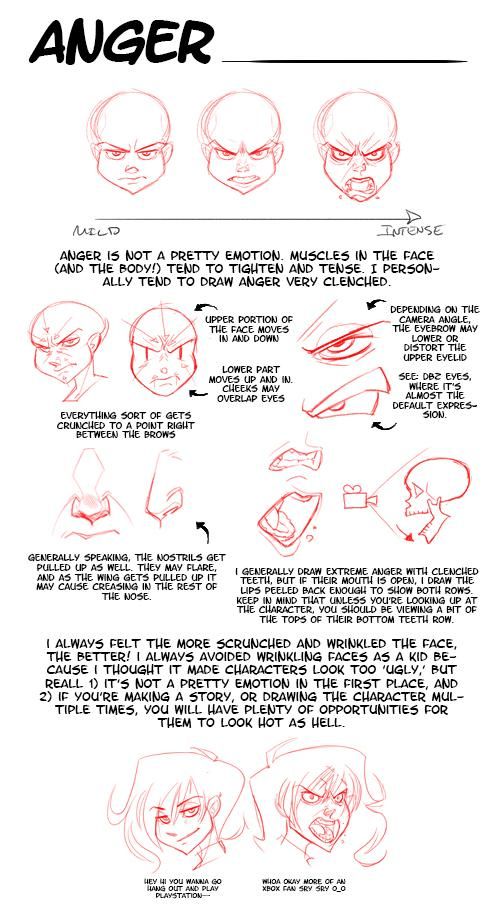
SE uses a body-first approach to address symptoms, with the idea that freeing unprocessed trauma can promote emotional healing.
One way to do this is through intentional movement, according to Vincent.
“When we intentionally move, we can create a sense of safety in our bodies that we may not have experienced before, especially individuals who have stored trauma,” Vincent says.
Examples of intentional movement include:
- dance
- stretching
- yoga
- shaking
- martial arts
- qi gong
- tai chi
- meditative walking
- belly breathing exercises
Vincent notes that intentional movement releases any stored energy while helping the brain recognize the difference between tension and relaxation.
Practicing stillness
Being still allows us to be with our thoughts and feelings in a present state.
It taps into the brain’s default mode network, which is when your brain briefly enters an idle state.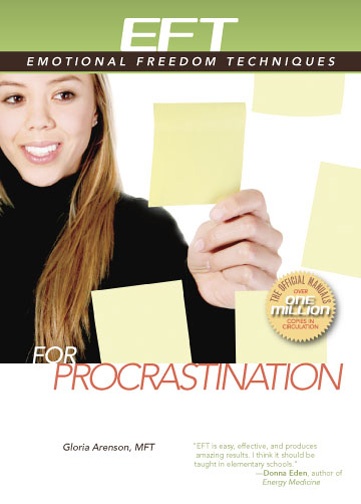 This triggers what scientists call “self-generated cognition,” which includes things like daydreaming or letting your mind wander.
This triggers what scientists call “self-generated cognition,” which includes things like daydreaming or letting your mind wander.
By momentarily disengaging from external stimuli, research says people can better connect with their inner thoughts, emotions, and desires.
“We live in a world where stillness isn’t practiced enough, nor is it valued, but can be so nourishing to our minds and bodies,” Vincent says. “It also allows space for emotions to come into… consciousness.”
Some ways to practice stillness are:
- meditation
- breathing exercises
- sitting in nature
- listening to calming music
- repeating affirmations
- progressive muscle relaxation
When an emotion is not fully processed, it may become “stuck” in the body.
However, it’s the limbic structures of the brain where emotional processing occurs. While some areas of your body undoubtedly hold tension or may be associated with an emotional experience, ultimately it’s the brain that’s reconstructing the emotion.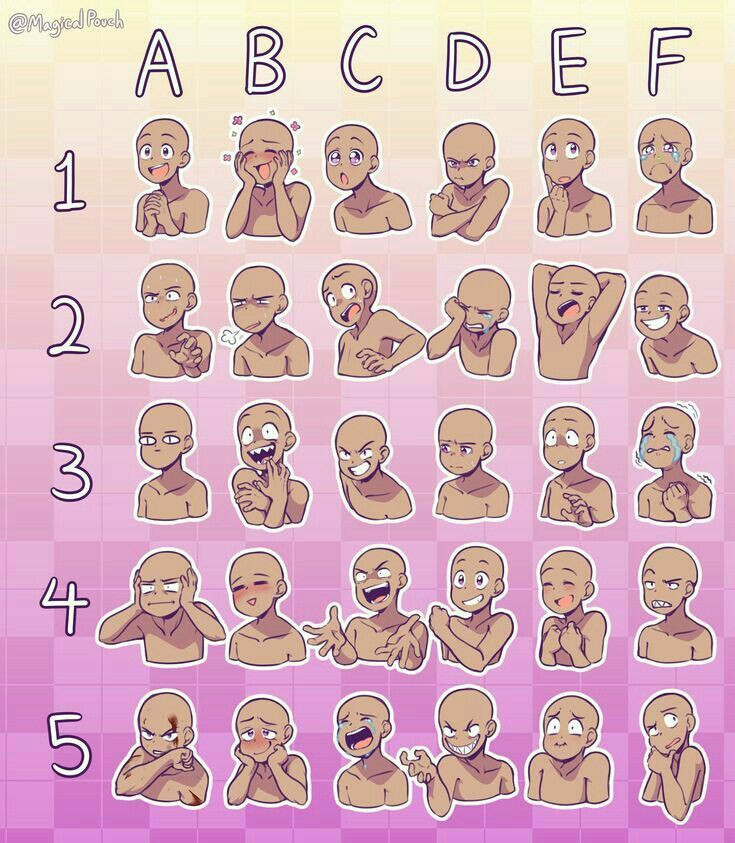
By using techniques to work through your emotions, like therapy, intentional movement, and shadow work, you can learn to move on from past traumas and release the associated bodily tension.
Julianne Ishler is a freelance writer, creative mentor, and certified Enneagram practitioner. Her work revolves around helping people live more mindfully and aligned with themselves. You can follow her on Instagram for self-discovery resources or visit her website.
Method
Sedona-method (Emotion Release Method)
Sedona- method (Emotion Release Method), developed by Lester Levinson.
Lester Levinson was a very successful producer when, unexpectedly for himself, he ended up in a clinic with a whole range of cardiovascular diseases. The doctors predicted that he would soon die or (and) be bedridden for the rest of his life.
But L. Levinson decided differently for himself.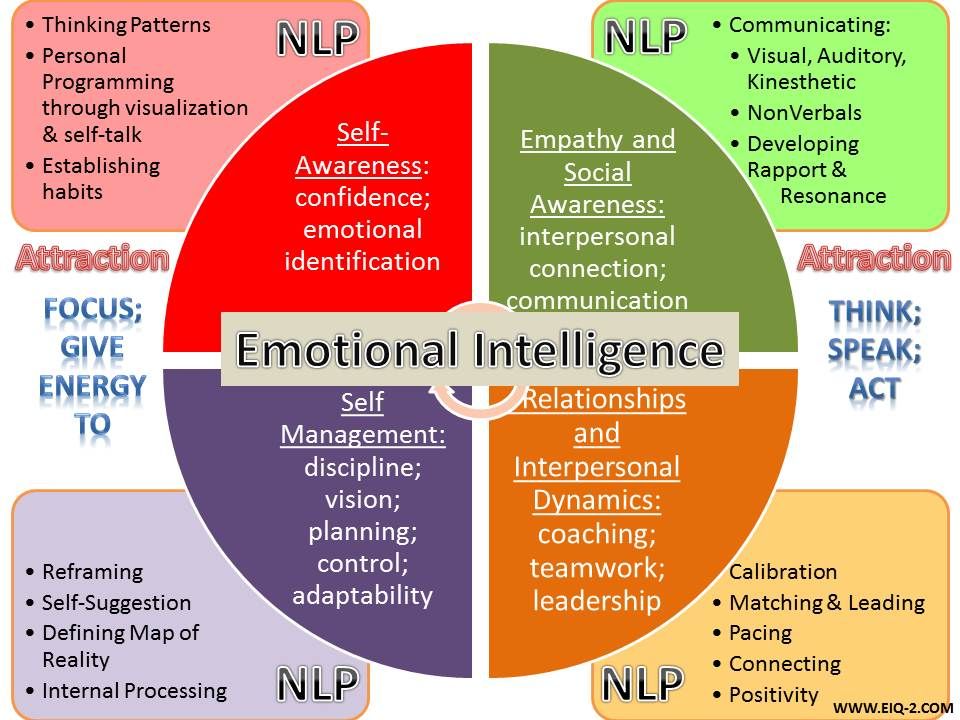 He realized that all his problems have their key on an emotional level. Therefore, he developed and applied for himself a very simple and very effective method of releasing emotions. nine0005
He realized that all his problems have their key on an emotional level. Therefore, he developed and applied for himself a very simple and very effective method of releasing emotions. nine0005
Soon, to the great amazement of the doctors, he made a full recovery. Having received such impressive results, L. Levinson decided to share his achievements with the rest. Having finalized his method in such a way that it was simple and accessible to everyone and in any area of life, L. Levinson devoted the rest of his life (he lived another 20 years to 68 years) to popularize his method.
Emotion Release Method is a powerful brain training method to achieve harmony and even speed up thinking, implemented without any technical means. This is the healthiest way to deal with your emotions. nine0005
This technique has a cumulative effect. Each time you release emotions, a charge of repressed energy (additional brain areas) is released, helping you to think more clearly in the future, to be more able to act in all situations in a more calm and more productive and healthy way.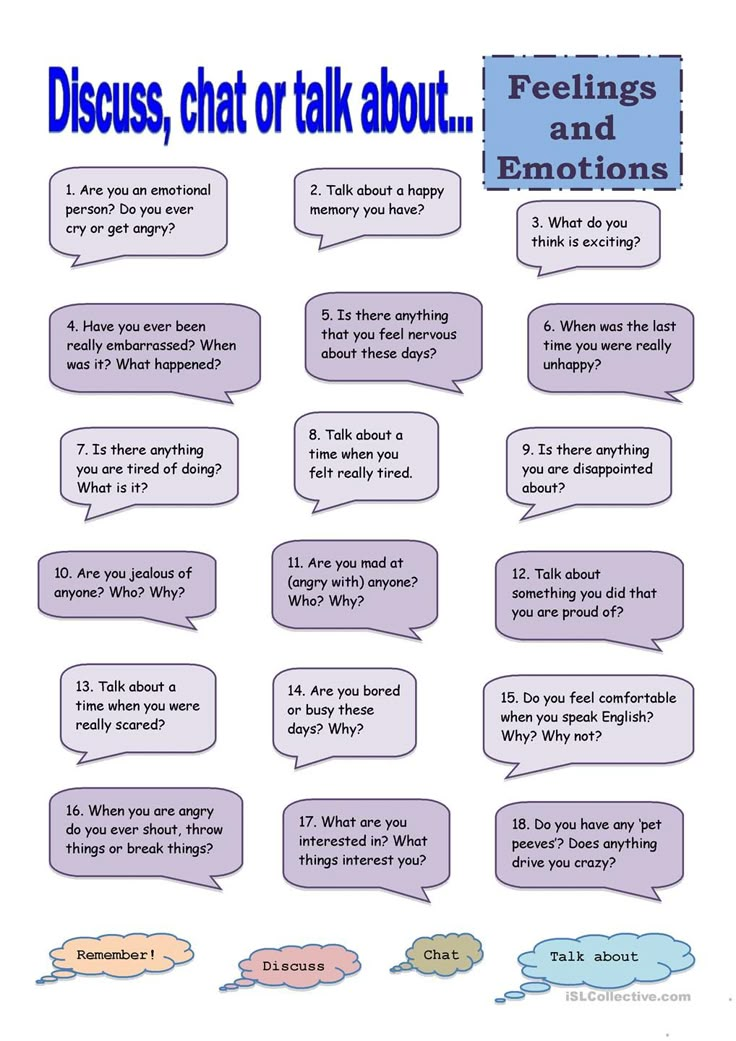
Over time, by releasing more and more repressed energy, you can reach a state of equanimity in which no person or event can unbalance you or deprive you of a state of calm clarity. nine0005
Everyone who practices this method notices very fast positive changes in mental and physical condition. In addition, their life goals and plans became clearer to themselves and more positive.
Do not think that as a result of using the method, a person becomes like an insensitive doll, on the contrary, you regain the ability to experience strong and pure emotions, as in childhood, but without sticking to them for a long time.
Also, there is no need to specifically practice this method all your life with every emotion. nine0005
Approximately after three weeks of regular practice, the method becomes automatic and stays with you forever.
In the future, it will be enough just to pay attention to your feelings for a natural automatic release to occur.
Step one: Focus.
At the beginning you need to focus on some problem area in your life, something that needs urgent solution.
One way you can find out what problem area you need to work on, or how you really feel right now, is to go to zero level, that is, to simply relax deeply (using any available you, technician). nine0005
Step Two: Feel.
Once you've reached zero, consider what problem you would like to tackle.
With focus, identify your feelings about the problem. Once you have completed the first step, address your actual feelings directly. Ask yourself: How do I feel now?
Step Three: Identify your feelings.
Open yourself, become aware of your physical sensations Do you feel tightness in your chest? Stomach tension? Feeling of heaviness? Heartbeat? nine0005
When you become aware of your physical sensations, use them as key points to explore your feelings.
What word comes to mind?
Step Four: Feel Your Feelings.
Once you have identified your true feelings in relation to your chosen problem area and traced them to the bottom, begin to feel your feelings.
Let them fill your whole body and mind.
If it is grief, you may burst into tears or even sob. nine0005
If it is anger, you may feel your blood boil, your breathing change, and your body tense up.
It's wonderful, this is the time to fully experience your feelings and emotions.
Step five: Could you?
Now that you are really feeling your feelings about a problem area in your life, ask yourself: Will I be able to let go of these feelings?
In other words, is it possible for you, physically and emotionally, to let these feelings leave you right now? nine0005
Think about it.
Become aware of the profound difference between your Self and how that Self feels now.
Sometimes you may feel that your feelings are some kind of energy charge that is in the same place as your body, but, in fact, is not your body.
Or is it a shadow image that is slightly out of focus, unlike your real self. . nine0005
And when you begin to feel the difference between your feelings and your Self, you may notice that it is now possible for you to let go of these feelings.
If it is still unacceptable for you to part with these feelings, feel them for some more time.
Sooner or later, you will reach a point where you can say to yourself: Yes, I could let go of these feelings .
Step Six: Will you let them go?
If you could let go of these feelings, the next question you would ask yourself would be: Will I let go of these feelings?
Think about it again.
Often, having the full opportunity to let go of feelings, we, in fact, rather hang on to them.
You may find yourself thinking: No, I'd rather keep these feelings than get rid of what I'm feeling right now.
If so, continue to feel what you are feeling now. Sooner or later, you will reach a point where you can honestly admit to yourself: Yes, I would let these feelings go .
Seventh step: When?
If you were to let go of your feelings, the next question you would ask yourself is: When?
Similar to the previous steps, at a certain point you will answer: I would let go of these feelings now .
Step Eight: Release.
When you said to yourself: Now let go of your feelings . Just let them go.
In most cases, you will actually feel physical and emotional release when you let them go. nine0005
You might suddenly burst out laughing.
You may feel as if a heavy burden has been lifted from your shoulders.
You may feel a sudden wave of cold run through you.
Such a reaction means that all the accumulated energy, as a result of experiencing these feelings, is now released and became available to you, as a result of the release of feelings that you just did.
Step Nine: Repeat.
When you release your feelings, you want to test yourself: Do you feel any feelings? nine0005
If any feelings are still present, go through the whole process again.
Quite often, releasing is like turning on a faucet. You free one and immediately another appears.
Some of our emotions are so deep that they require several releases.
Release yourself as often as you can until you find that you cannot detect any sign of emotion in yourself.
Emotion suppression, expression or avoidance?
Most people use three ways to deal with their feelings and emotions: suppression, expression, and avoidance.
Suppression of is the worst method, because repressed emotions and feelings do not go away, but build up and fester inside us, causing anxiety, tension, depression and a whole host of stress-related problems. The repressed energy of these emotions eventually begins to control you in ways that you don't like and can't control. nine0005
The expression is a kind of ventilation. Exploding sometimes or losing patience, we are freed from the oppression of accumulated emotions. It may even feel good as it translates energy into action.
But this does not mean that you have got rid of these feelings, this is just a temporary relief. In addition, the expression of our emotions can be unpleasant for the person who receives it all. This, in turn, can cause even more stress, as we begin to feel guilty for hurting someone by expressing our natural feelings. nine0005
Avoidance is a way of dealing with emotions by distracting yourself from them through all kinds of entertainment: conversation, TV, food, smoking, drinking, drugs, movies, sex, etc.
But despite our attempts to avoid, all these feelings are still here and continue to take their toll from us in the form of tension.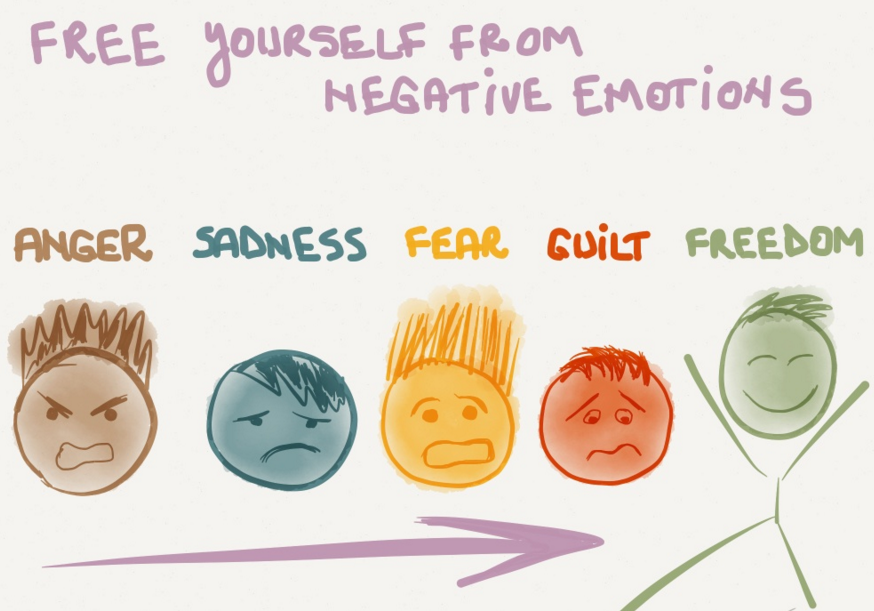 So avoidance is just one form of suppression.
So avoidance is just one form of suppression.
It has already been proven that various emotions and desires are reflected in our body in the form of clamps (tension, spasms) in very specific areas. nine0005
By the way, methods of so-called body-oriented psychotherapy are aimed at getting rid of these clamps, sometimes giving absolutely fantastic results, unattainable by medicinal methods.
Even systematic exercises for the complete relaxation of all muscle groups (progressive relaxation method) gives very good results in the improvement of the mind and body, and a significant improvement in mental abilities. Since, literally, every cell of our body has its own representation in our brain, and any tension in the body, of course, has a corresponding zone of excitation in the brain. nine0005
Thus, the more such zones of excitation, the less resources the brain has for normal mental activity.
It is interesting to note that, according to this theory, good feelings and emotions are almost indistinguishable from bad ones, and also have their representation in the body and brain. Lester Levinson found that all of our emotions and feelings can be divided into nine basic categories, or feelings. nine0005
Lester Levinson found that all of our emotions and feelings can be divided into nine basic categories, or feelings. nine0005
Apathy .
Many other emotions and feelings are the result of or accompany apathy. When we ask ourselves how we feel, we can use words such as: boredom, worthlessness, lack of self-care, coldness of mind, alienation, indifference, defeat, depression, discouragement, disappointment, exhaustion, forgetfulness, uselessness, hopelessness, joylessness , indecision, indifference, laziness, loss, loss, denial, numbness, depression, impotence, humility, resignation, stupor, disorientation, stuckness, fatigue, absent-mindedness, uselessness, senselessness of efforts, low self-esteem. nine0005
All this, according to Levinson, is a kind of apathy.
Grief .
We can use words such as: abandonment, resentment, guilt, mental anguish, shame, betrayal, despondency, deception, constraint, helplessness, heartache, rejection, loss, longing, loss, sadness, misunderstanding, breakup, pity , I'm unhappy, repentance, rejection, remorse, sadness.
Fear .
Varieties of fear include: anxiety, preoccupation, caution, foresight, cowardice, suspicion, timidity, foreboding, confusion, anxiety, nervousness, panic, fright, unsteadiness, shyness, skepticism, stage fright, tension, driven.
Passion .
This is the emotion I want. We can feel: anticipation (premonition), craving, need, desire, wandering, controllability, envy, futility, greed, impatience, manipulativeness, neediness, obsession, pressure, ruthlessness, selfishness, malice. nine0005
Anger .
We can feel: aggressiveness, irritation, argumentativeness, challenge, exactingness, disgust, ferocity, futility, fury, hatred, intolerance, jealousy, insanity, significance, insult, rebelliousness, resentment, indignation, rudeness, bitterness, severity, persistence , stubbornness, sullenness, vindictiveness, anger, rage.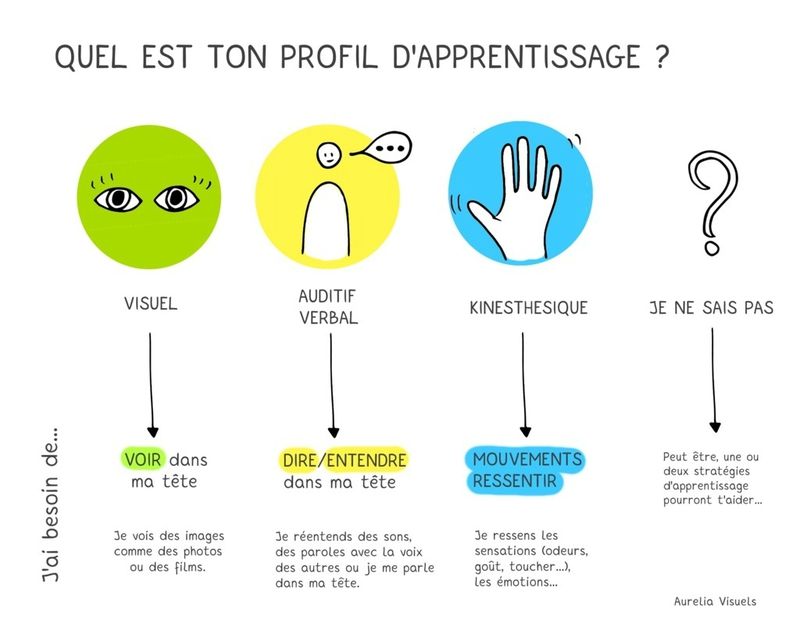
Pride .
We can feel: exclusivity, arrogance, arrogance, boastfulness, giftedness, contempt, insolence, criticalness, discernment, condemnation, righteousness, inflexibility, pride, snobbery, luck, superiority, unforgivability, vanity.
Courage .
Varieties of feelings can be the following: enterprise, adventurousness, liveliness, agility, competence, purposefulness, awareness, confidence, creativity, audacity, courage, courage, determination, energy, happiness, independence, love, motivation, openness, loyalty, positivism , resourcefulness, self-sufficiency, stability, solidity, strength. nine0005
Acceptance (approval) .
We can feel: balance, beauty, compassion, pleasure, delight, enjoyment, admiration, empathy, friendliness, tenderness, joy, love, openness, receptivity, security, understanding, wonder.
World .
We can feel: peace of mind, balance, completeness, freedom, fulfillment, perfection, purity, peace, serenity, peace (lack of physical tension), wholeness. nine0005
Desire Release Technology I am the claims of my ego desires.
According to Levinson, the source of all our emotions, which we have divided into 9 basic categories, are two even deeper levels of desire. nine0005
- desire for approval, self-affirmation;
- desire to control.
Each act of desire is an indicator that you do not have what you want. In the words of Levinson: What we do not have is hidden in our desires.
At first, it can be perplexing: what's wrong with wanting approval and control?
In fact, as already noted, wanting means not having.
It turns out that, often, the desire to have something, in fact, does not allow us to have it. nine0005
nine0005
Great Desire
Those who faithfully passed all the levels and wish to advance even further, in the end, come to the conclusion that, at the basis of all our desires, lies one great desire desire for security .
Working through this desire, after a while, takes us to a new transcendental level, described in various esoteric teachings, as the highest level of enlightenment.
A person who has reached this level manifests various extraordinary abilities and abilities. nine0005
Essence Dumping
The SHS technique is based on a simple yet profound method for personal emotional growth.
This method has been called the release, let go, Sedona Method and is a conscious application of our natural way of releasing emotional stress and achieving the pure essence of existence.
The SHS Technique differs somewhat from the Sedona Method in that we primarily pay attention to separation, shifting perception, disidentification and, of course, discarding.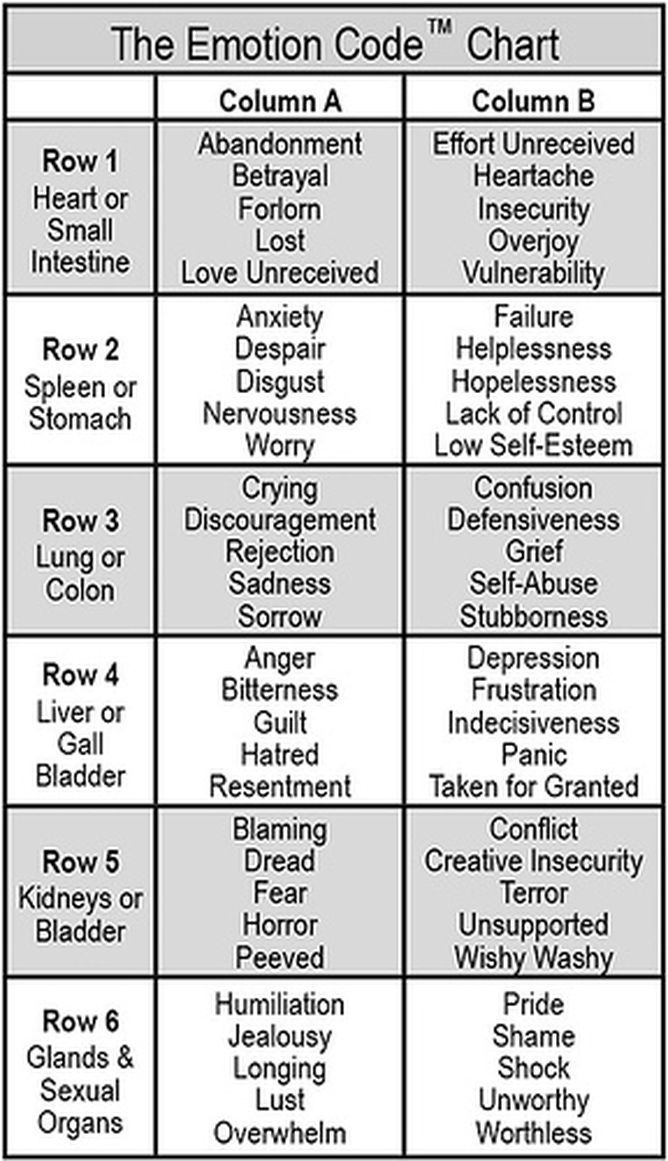 nine0005
nine0005
You will find here Circular Breathing (Kriya Yoga), other energy techniques Release of the Spinal Cord (Devi Nambudripad) to change energy flows and create a stable concentration, Tracing the Central Meridian (kinesiology) to get rid of energy blocks.
A shortened version of the CBC can be performed anywhere without attracting attention.
- Spinal Cord Release. This process is designed to correct neurological disorganization. nine0388
Place your palm (any) on the bulges at the back of the head at the bottom of the head (fingers pointing towards the ear).
Place two fingers of the other hand in the notch under the nose and apply firm pressure. Maintain this state for 2 minutes (does not apply in the short version).
- Circular Breathing. Practice Circular Breathing throughout the SHS.
Circular breathing connects exhalation and inhalation in a continuous slow comfortable process.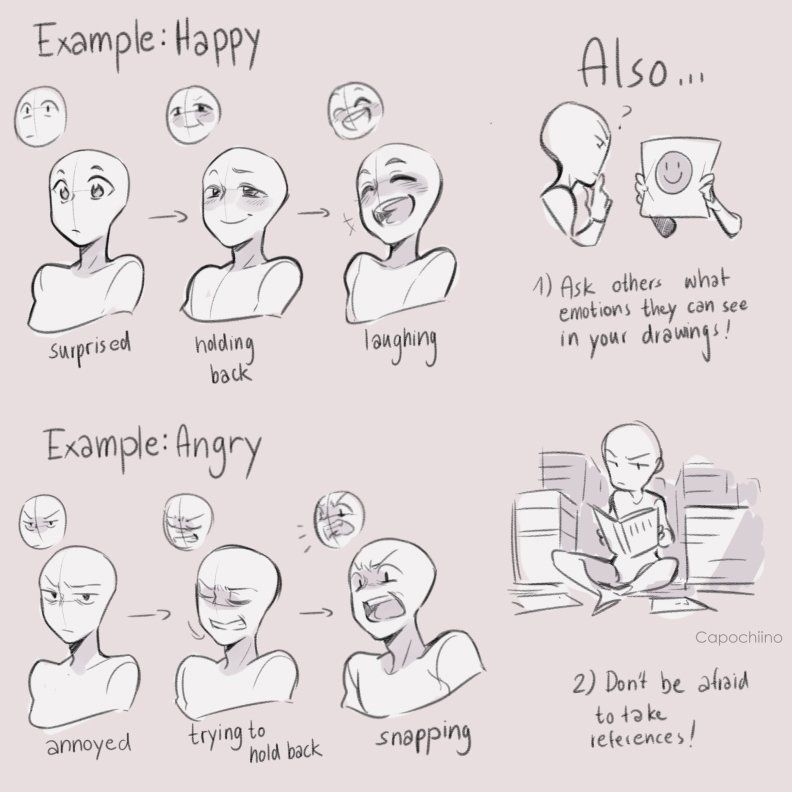 nine0005
nine0005
Exhalation relaxed without any control over it. If the inhalation was done through the nose (mouth), then the exhalation is done through the nose (mouth).
Inspiratory and expiratory times may not be the same. In short, do not stop at the end of inhalation or exhalation by turning the breathing process into a continuous circulation (slow and comfortable).
- Central Meridian tracing. Place your palm (either hand) on the top of your head and slowly move it (without leaving your body) down the center line of your body to your groin. nine0388
Do this slowly three times. This will create a nice downstream that will help you with the drop.
- Setting. Ask your subconscious to feel the reset. Tune in completely to this feeling and let it be here and intensify.
Allowing the feeling of dropping to be here is very essential don't drop it and don't try to cling to it.
Let it spread naturally. You can imagine and feel any situation (positive, negative or neutral). nine0005
See, listen, feel. (When you gain some experience in SHS, feelings will most often spontaneously reset at this stage.)
- Name your feelings. Call them ascending (positive), descending (negative) or neutral energy.
There is no need to be smart and go into details. If you don't know what to call your feelings, just call them energy.
- Fully feel this energy you named. nine0004 Allow yourself to fully experience your positive, negative, neutral or just energy.
Just let her be. Don't drop it and don't cling to it.
- Notice separation. Slightly shift your attention to some difference between your feeling of yourself (the feeling of your existence) and the feeling of your named energy.
Notice this sense of some difference and division, and how it gradually builds up.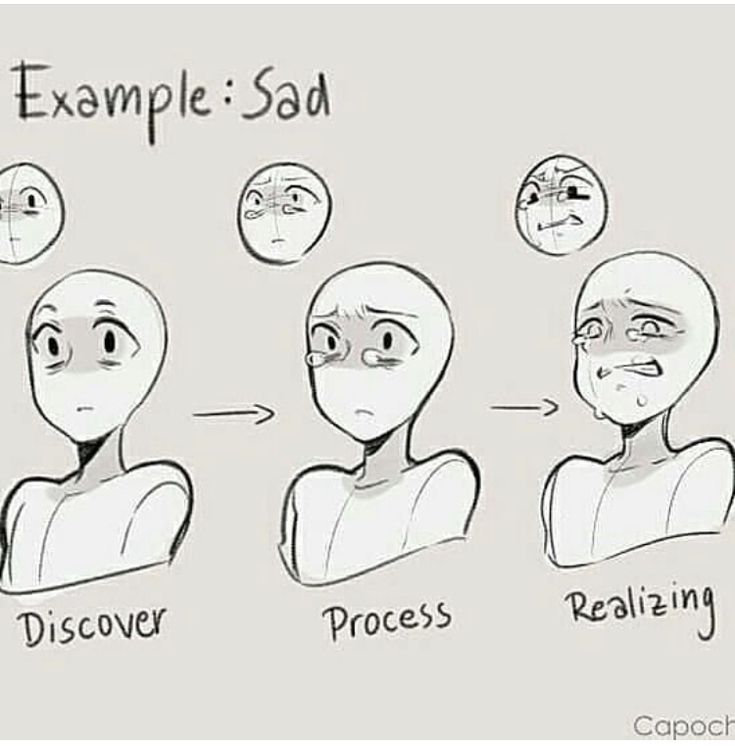 You and this so-called energy. nine0005
You and this so-called energy. nine0005
Don't worry if you suddenly drop the feeling right at this stage.
- Separation Shift or Expansion/Compression. Choose between exercises Dividing Shift or Expand/Contract .
In exercise Dividing Shift you simply allow your attention to shift between feeling of yourself and your named energy. Do this 2-3 times and go to step 9.
In exercise Expansion/Contraction , simply allow your named energy to expand as you inhale and contract as you exhale. Do this three times and go to step 9.
- Remove the name from the energy. Delete the name assigned to the energy. Remove even energy labels or feelings. Let what's left just be there.
Don't drop it or cling to it. Remove any labels that suddenly pop up. Just feel what is left (if left). nine0005
nine0005
- Now you can reset the remaining sensation: ask your remaining sensation if it can be reset.
Pay full attention to the answer. If the answer is no, you can just wait until it's ready for it, without any intention of getting rid of it.
Five light pats on the solar plexus can open the reset doors.
Just allow the rest of the feeling to be there until it's ready to be dropped. nine0005
- Reset it. Just keep having that feeling by dropping it. You can either reset it all at once, or in a short period of time. Your subconscious knows what is best for you.
As you reset more and more feelings, or when you experience a very deep reset of some basic feelings, you may notice that you are in the very essence of being.
This is a very clear and powerful state where you are your very essence and feel the inexhaustible energy poured around you. nine0005
This state has several shades: love, integrity, serenity, power, security.
You will notice that your original negative feelings will turn into their opposite.
Often these opposites will acquire a deep essence of the shades mentioned above.
These shades will provide us with resources that will become our guiding stars in such situations.
As you shed more and more senses, at some point you will experience a spontaneous shedding of many senses and acquire a state of ecstasy. nine0005
One feeling after another begins to collapse into something like a tunnel. Experienced droppers often have waking dreams during which you can release a huge amount of traumatic experience.
- Repeat if necessary. Continue repeating the above sequence until all negative feelings are transformed into their opposite.
Tips
Clench a coin in your fist, then open your fist and let it fall. Do this several times to experience the original drop experience. nine0005
nine0005
Note what it means to feel reset. Do this exercise every time before a complete reset procedure.
Once you have mastered the 12 step reset, you can start using the shortened 8 step version: 4-11.
The shorter version does not provide the same intense feeling as energy work, however you can easily do it in any public place without drawing attention to yourself.
Before energy work, be sure to drink at least one glass of pure water. nine0005
Once you have mastered this process, you will often experience a spontaneous reset as soon as you feel it.
Laughter, crying, deep sighs, belching, yawning are all natural forms of shedding emotions.
You can reset the desire to reset this old trick of the liberators of emotions.
After you have dropped the desire to reset, you can start to reset opposite pairs of feelings at the same time.
Just place them on the yin-yang symbol and discard. This will give you a very interesting feeling of equanimity and universal calm. nine0005
nine0005
When it becomes second nature for you to let go of emotions, you can deal with the three basic feelings:
- Approval Need .
- Need for Control .
- Need for security .
Throw away these feelings and you will realize that you have all of these, regardless of those around you.
At first, the feeling of unity with the Universe is quite rare among the droppers, but as experience is gained, this feeling, together with the universal steadfastness, becomes the norm. nine0005
In the beginning, we take the time and effort to switch from negative to positive energy, and we begin to feel more and more energetic and at the same time more calm.
After some practice, we begin to automatically shed all the negative, at the moment of appearance. Nothing else can piss us off.
Set aside a little time each day to drop something.
This lays the foundation for the automatic reset, which you will achieve after about three weeks of regular daily resets.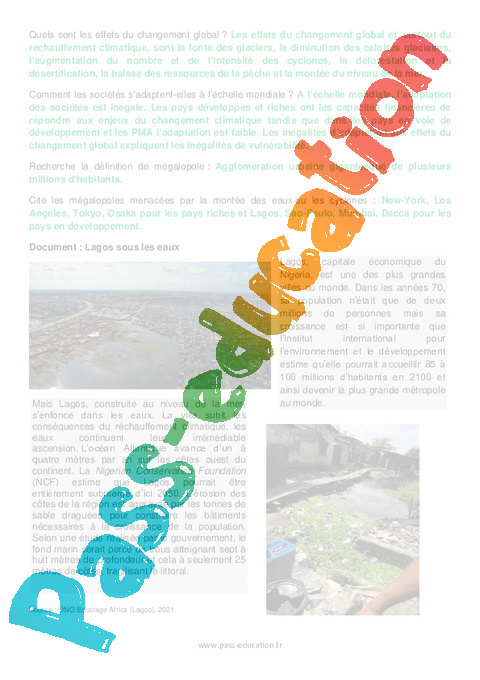 nine0005
nine0005
Be prepared to have the same feeling over and over again, this is normal.
Be prepared that at first some feelings will not want to be dumped, this is normal, then you will get to them.
Do not judge yourself for your feelings, they come and go, and you are free to experience them or not.
Cast off your sense of emptiness and meaninglessness of everything that happens. You will be amazed at what will happen.
If you're asking yourself if I can drop anything, remember how you laughed, cried, sighed, yawned. You've already shed a lot of emotional junk in your life. nine0005
The desire to desire nothing, the desire to achieve steadfastness or enlightenment are also objects to be discarded.
Healing on the physical level may be a primary reset target.
Focus on the sensations of illness: pain, temperature, etc. and let yourself really feel them.
Call them Sick Energy or just one word. Can you imagine a doctor saying to you: I hope you drop this.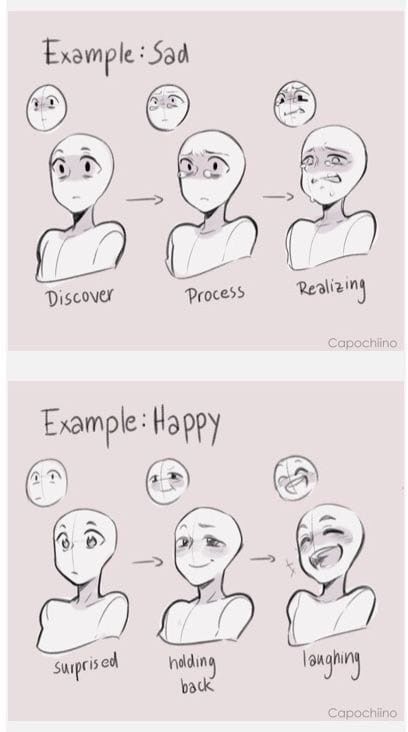
Emotions can often come up when listening to your favorite (unloved) music. Be on the lookout to drop them. nine0005
Emotional Release Technique
One day medicine will wake up and realize that unresolved emotional problems are the main cause of 85% of all diseases. When that happens, EFT will become one of the primary means of healing, just as it is for me. Eric Robins. M.D.
Good afternoon, friends!
It's probably no secret to anyone that all the emotions that we experience throughout life accumulate in our physical body. Thus, happiness, joy and positive emotions have the ability to have a beneficial effect on our health and well-being. While, negative emotions and stress fetter our body, over time provoking various diseases and lack of energy in a person. nine0005
The Emotional Freedom Technique (EFT) is a psychosomatic way to get rid of emotional and physical illnesses, the so-called “needleless acupuncture”. TES was created to free us from pain and such very unpleasant negative emotional states as fear and severe anxiety.
TES was created to free us from pain and such very unpleasant negative emotional states as fear and severe anxiety.
The Emotional Freedom Technique (EFT) is one of the meridian techniques based on the principles of traditional Eastern medicine (acupuncture) and Western psychology. TPP was created by the American engineer Gary Craig in 90s, based on Dr. Roger Callahan's technique, Thought Field Therapy.
The Emotional Freedom Technique combines the stimulation of certain acupressure points with simple psychological techniques - affirmations (positive statements) and self-acceptance as a whole person, thereby painlessly achieving positive changes in thinking, in emotional and mental mood. The mental affects the physical, and the physical affects the mental health.
The Emotional Freedom Technique works with the body and our negative emotions, as well as phobias and neuroses. Where it is very difficult for a person to cope on his own, but even with work with a psychotherapist it takes a long time.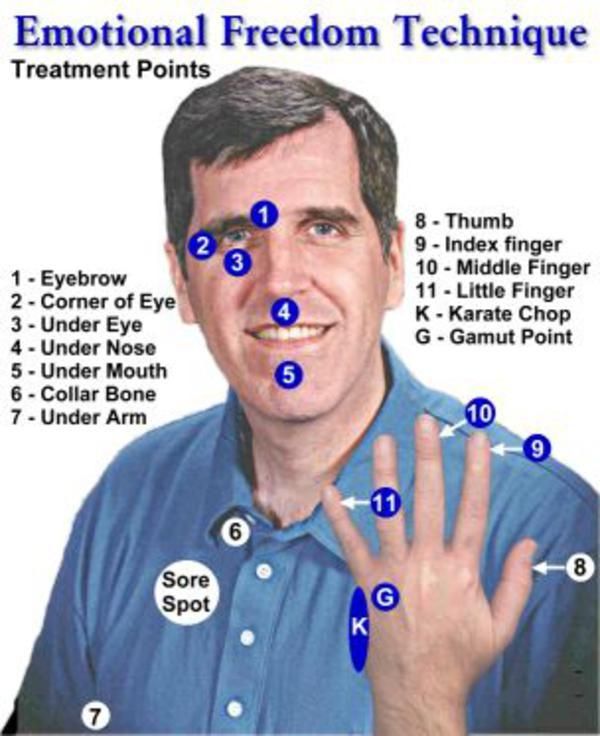 TES accelerates the healing process at times. It should be applied until you feel improvement (from 1-10 sessions for one problem or one negative situation).
TES accelerates the healing process at times. It should be applied until you feel improvement (from 1-10 sessions for one problem or one negative situation).
Features of the Emotional Freedom Technique that distinguish it from other methods:
- TPPs can be studied in a short time;
- TES does not need to be "trusted" for it to work - it helps both skeptics and children;
- A TES session can be held at any time, in any place convenient for you - at home, in the office, in a cafe, in a park, subway, on the street;
- TES - has no contraindications and does not cause unpleasant side effects;
- TES is quite effective even with complex and long-term problems, for example: addiction to alcohol and drugs, post-traumatic syndromes, various neuroses, phobias, depression, chronic negative thinking, to relieve pain, eliminate anger, resentment, anxiety, fear, various allergies, normalization blood pressure, childhood problems, overweight, panic attacks or VSD, etc.
 nine0388
nine0388
The Emotional Freedom Technique (EFT) consists of 4 steps:
1. Installation.
2. Sequence.
3. Bundle of 9 actions.
4. Sequence.
There are also various abbreviations of this technique that many practitioners use to reduce session time. Here I describe EFT in its entirety, because it lays an important foundation for the whole process.
#1. Installation
You must begin each procedure by identifying the problem you want to work on. Try to be as specific and concise as possible about what is bothering you. Then rate how much it bothers you right now on a scale of 0 to 10, where 10 is the most intense and 0 is no problem. This will give you a benchmark for measuring improvements.
You should evaluate the intensity as you currently have it according to your subjective feelings, and not as you think it will be in this situation. Remember, EFT balances the disturbances in your energy system that are in place right now while you are attuned to a particular thought or circumstance.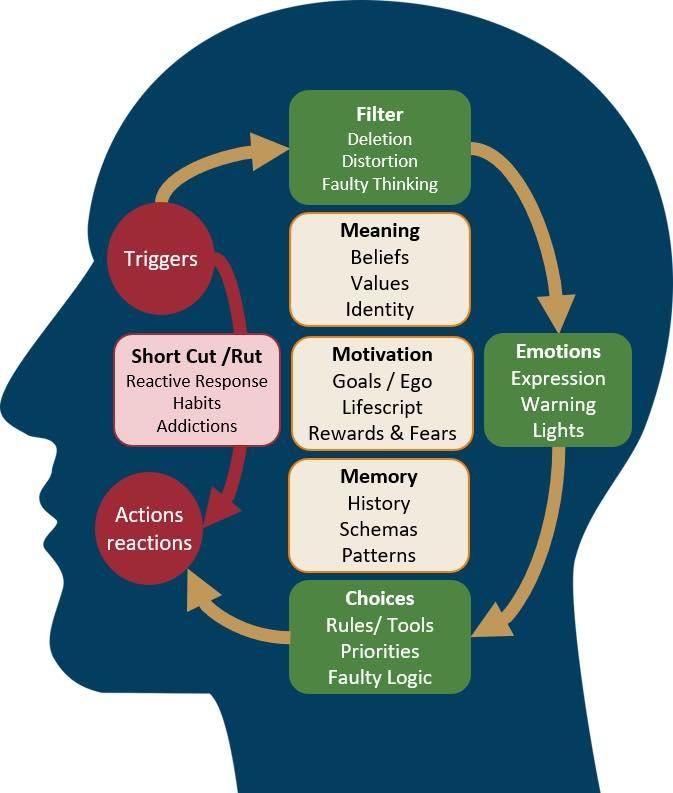 nine0005
nine0005
If your emotional problem has multiple facets, you may not see any improvement until you apply the technique on each of those facets. This becomes absolutely clear when comparing an emotional problem and physical ailments. If, for example, your head, teeth, and stomach hurt at the same time, you will not feel healthy until all these pains have passed. It may seem that there are some changes, but despite this, you are still in pain. nine0005
Two-part setup:
1. You repeat the statement 3 times: “Even though… (state your problem)… I deeply and completely accept myself” or “Even though I have _______________, I deeply and completely accept myself". The second part of the phrase can be slightly changed, for example, to the phrase "everything is fine with me, everything is fine with me." Or some other very positive phrase. But if you are satisfied with the first option, then you can only pronounce it.
2. At this time, you rub the "Sensitive Zone" or press the "Karate Point" instead.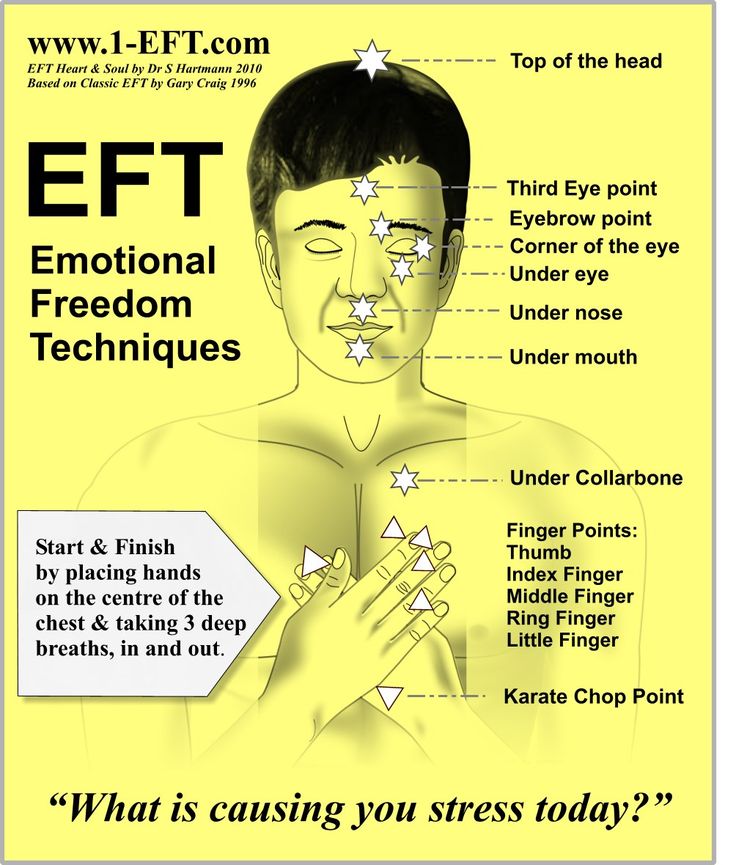 nine0005
nine0005
Statement Examples:
- Although I have a fear of public speaking, I deeply and completely accept myself.
- Even though I have a headache, I deeply and completely accept myself.
- Although I am angry with my father, I deeply and completely accept myself.
- Although I have a passion for alcohol, I deeply and completely accept myself.
Whether you believe this statement or not, just say it.
There are only two "Sensitive Zones" and it doesn't matter which one you use. They are located in the upper part of the chest on the right and left, they can be found as follows: At the base of the neck, approximately where the Men tie the knot of the tie, feel for the U-shaped fossa at the top of the sternum (breast bone). From the upper edge of this hole on the right (or left), go down in the direction of the navel 6.5 cm, and then shift 6.5 cm to the right (or left). Now your fingers are in the upper right (left) part of the chest.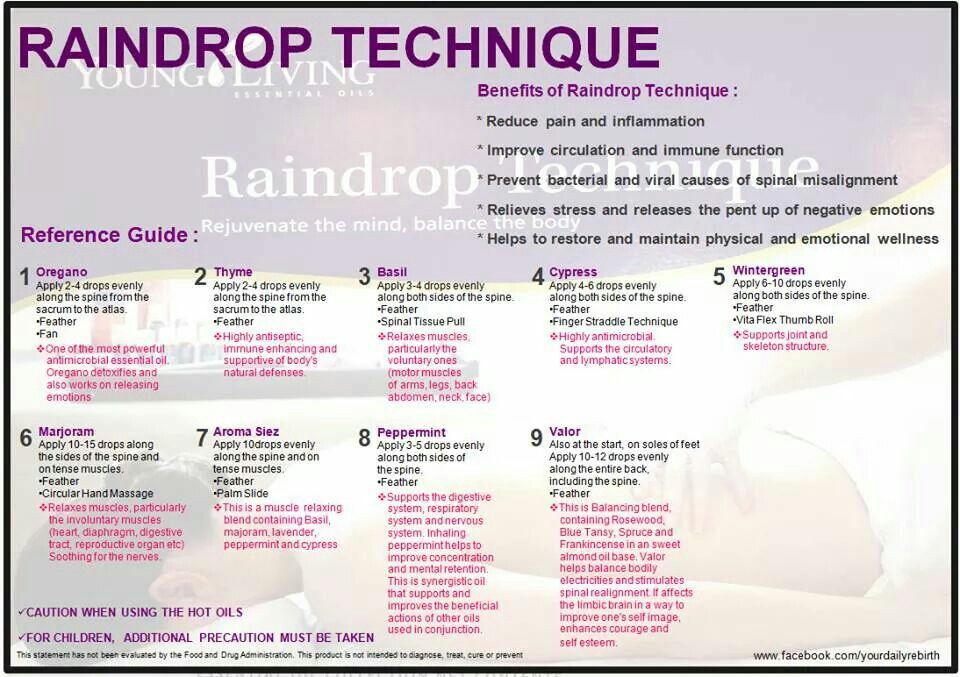 If you press lightly on this area (within a radius of 4.5 cm), you will find the "Sensitive Zone". nine0005
If you press lightly on this area (within a radius of 4.5 cm), you will find the "Sensitive Zone". nine0005
This is the area you need to massage while saying the affirmation. You can massage both sides, it is equally effective.
The Karate Point (TK) is located in the center of the outer side of the palm between the upper part of the hand and the base of the little finger or, in other words. In the part of the palm with which you would perform a chopping blow in karate. Instead of massaging, as is done with the "Sensitive Zone", you need to lightly tap the Karate Point with the pads of the index and middle fingers of the other hand. You can use the Karate Point on either hand. nine0005
#2. Sequence
Basically, the Sequence is very simple. It consists in tapping on the end points of the main energy meridians. Tap on the dot with the pads of your index and middle fingers. This allows you to cover a slightly larger area than if you were to do it with one finger, and thus it will be easier for you to hit the point.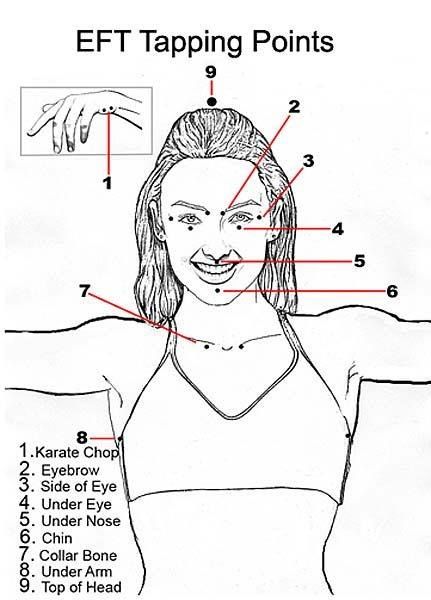 Knock hard enough, but not to the point of pain and bruising. Tap about 7 times on each point. nine0005
Knock hard enough, but not to the point of pain and bruising. Tap about 7 times on each point. nine0005
How to find these meridian endpoints taken together and stimulated in the order shown.
1. At the beginning of the eyebrow on one side above the bridge of the nose. This is the point Above the Eyebrow, abbreviated NB.
2. On the border of the bones of the outer edge of the eye. This is the Edge of the Eye point, abbreviated as KG.
3. On the bone under the eye, about 2 cm below the pupil. This is the point Under the Eye, abbreviated as PG.
4. On a small area between the tip of the nose and the upper lip. This is the point Under the Nose, abbreviated as PN. nine0005
5. In the middle between the edge of the lower lip and the chin. Although this point is not located directly on the chin itself, we will call it for convenience the chin, abbreviated PB.
6. Connection of the sternum (sternum), collarbone and first rib. To find this point, place your index finger in the U-shaped notch at the top of the sternum (where a man's tie usually is), move 2 cm from the bottom of this notch down to the navel, and then 2 cm to the left (or right) .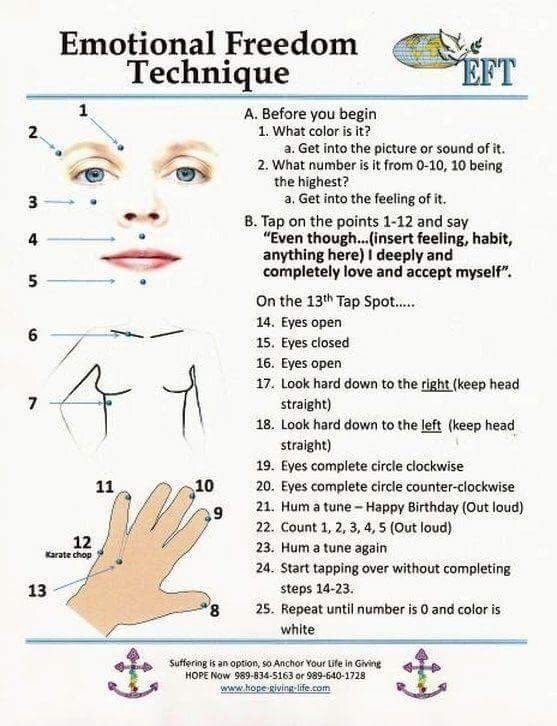 This is the Clavicle point, abbreviated as CL, although it is not located on the collarbone itself. It is located at the beginning of the collarbone, and we will call it the Clavicle, because it is more convenient than saying "the connection of the sternum (sternum), collarbone and first rib." nine0005
This is the Clavicle point, abbreviated as CL, although it is not located on the collarbone itself. It is located at the beginning of the collarbone, and we will call it the Clavicle, because it is more convenient than saying "the connection of the sternum (sternum), collarbone and first rib." nine0005
7. On the side at a point at the level of the nipple (for men) or in the middle of the bra strip (for women). Approximately 9 cm down from the armpit. This is the point Under the Hand, abbreviated as PR.
8. In men, this point is 2 cm down from the nipple. In women, this point is located under the breast, at the junction with the chest. This is the point Under the Nipple (in the picture the Point of the liver), abbreviated as PS.
9. On the outside of the thumb at the base of the nail. This is the point of the Thumb, abbreviated as BP.
10. On the side of the index finger on the side closest to the thumb, at the base of the nail. This is the point of the Index Finger, abbreviated as UP.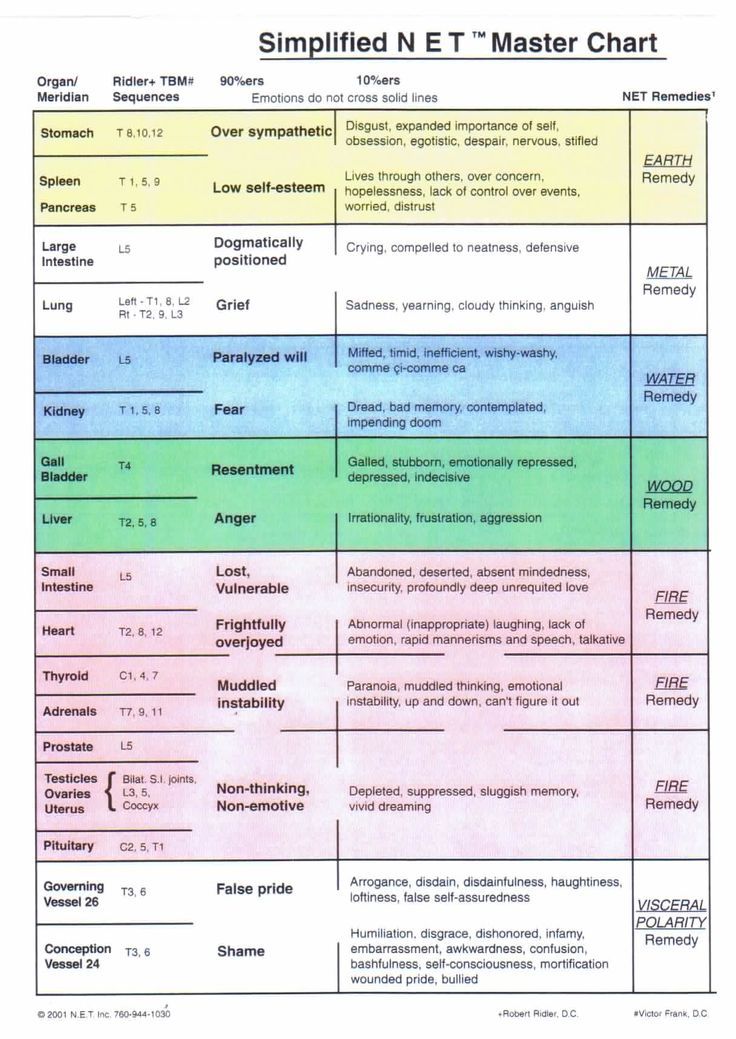 nine0005
nine0005
11. On the side of the middle finger on the side closest to the thumb, at the base of the nail. This is the point of the Middle Finger, abbreviated as SP.
12. On the inside of the little finger at the base of the nail. This is the Little Finger Point, MZ for short.
13. The last point is the Karate Point, TK for short, which was described above in the Setting section.
Note that the points are stimulated in order from top to bottom. That is, each subsequent point is lower than the previous one. It will be easy to remember. Walk through these points several times and they are yours forever. nine0005
#3. 9-Action Bunch
A 9-Action Bunch is probably the weirdest part of EFT. Its purpose is to fine-tune the brain, and it all happens through eye movement, mumbling, and counting. Some parts of the brain are stimulated during eye movement through nerve connections. In the same way, the right (creative) hemisphere of the brain turns on when you mumble a song, and the left (rational) hemisphere turns on when you count.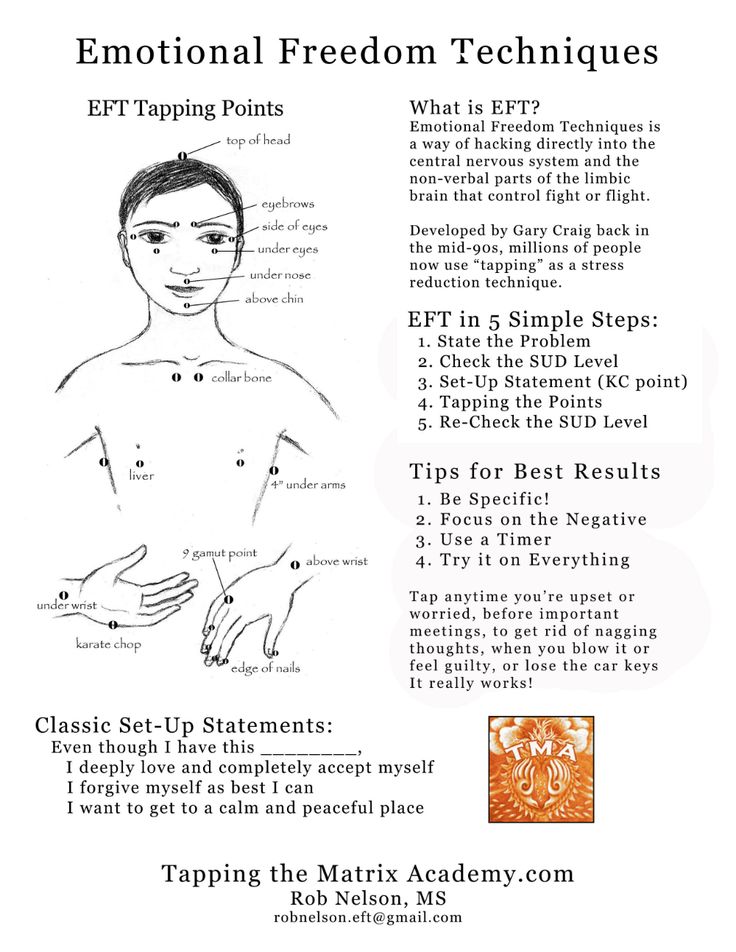
9 action chain - takes 10 seconds and consists of doing 9"brain-stimulating" actions with constant pressure on one of the energy points of the body - the Link Point. It is located on the back of each of the palms 1.27 cm below the middle of the segment between the bones of the ring finger and little finger. This segment is a side of an imaginary equilateral triangle, the other two sides of which connect it to the Link Point, the vertex of this triangle.
Then you need to perform 9 actions simultaneously with constant tapping on this point. These steps are:
1. Close your eyes
2. Open your eyes
3. Move your eyes to the right down as much as possible without turning your head
4. Move your eyes to the maximum down to the left without turning your head
5. Make a circle with your eyes as if your the nose is the center of the clock and you need to try to see all the numbers on the dial in order
6. Same as #5, but in the opposite direction
7. Sing a song for 2 seconds (suggested "Happy Birthday")
Sing a song for 2 seconds (suggested "Happy Birthday")
8 .Quickly count from 1 to 5
9. Sing the song again for 2 seconds.
Note that these steps are presented in a specific order, which is how they should be done.
#4. Sequence (again)
The fourth and final step of the Emotional Freedom Technique (EFT) has already been described above in step #2. This is exactly the same passage of the Sequence.
Evaluation of results
After the end of the session, take three deep breaths and exhale. Then try again to "see" and feel the situation or problem that you just worked with. Listen to your sensations, feelings or emotions, as they are now - after working through EFT. Then again make the assessment already familiar to you (just like you did at the Installation stage) - 0 to 10.
Evaluate against what you had before the technique. The difference between the two estimates can be used to preliminarily estimate the progress towards the goal. This technique is unique in that it helps many people after the first session. But it may well turn out that, according to subjective sensations, there are no changes. Sometimes, most often in strong or difficult situations, you need to do the technique several times in a row or do it for several (sometimes many) days. The result will be. It is already there after the first application, you just don’t feel it yet. nine0005
This technique is unique in that it helps many people after the first session. But it may well turn out that, according to subjective sensations, there are no changes. Sometimes, most often in strong or difficult situations, you need to do the technique several times in a row or do it for several (sometimes many) days. The result will be. It is already there after the first application, you just don’t feel it yet. nine0005
Most problems are easy to identify and easy to resolve. But if suddenly you have to face one of the difficult problems, then divide it into separate events and apply EFT to each of them, and you will feel the results immediately.
To make it clearer what is the meaning of TES and how to perform this technique correctly, I suggest you watch these videos.